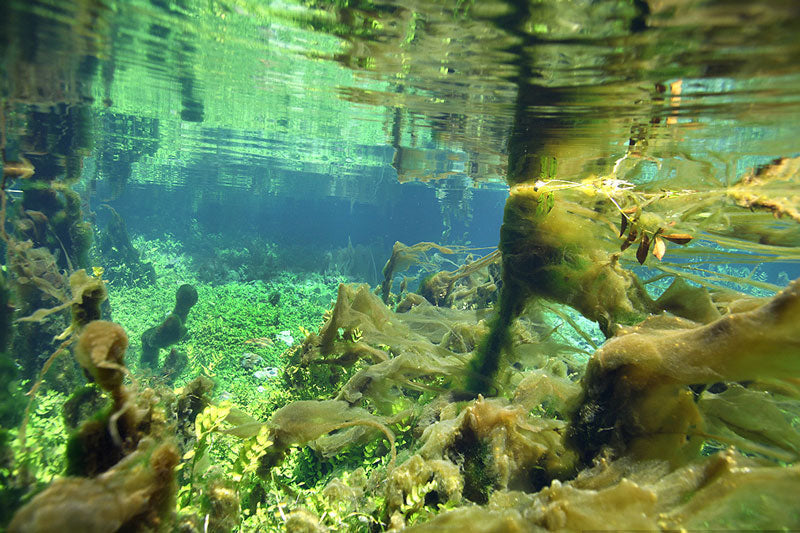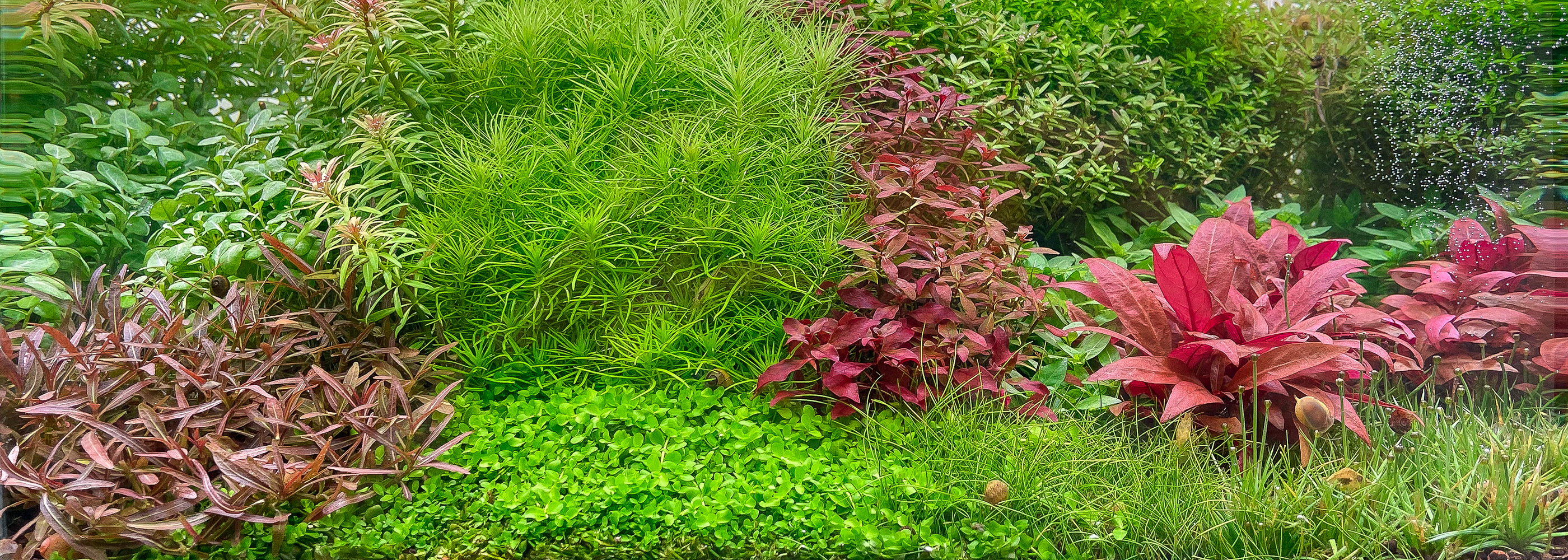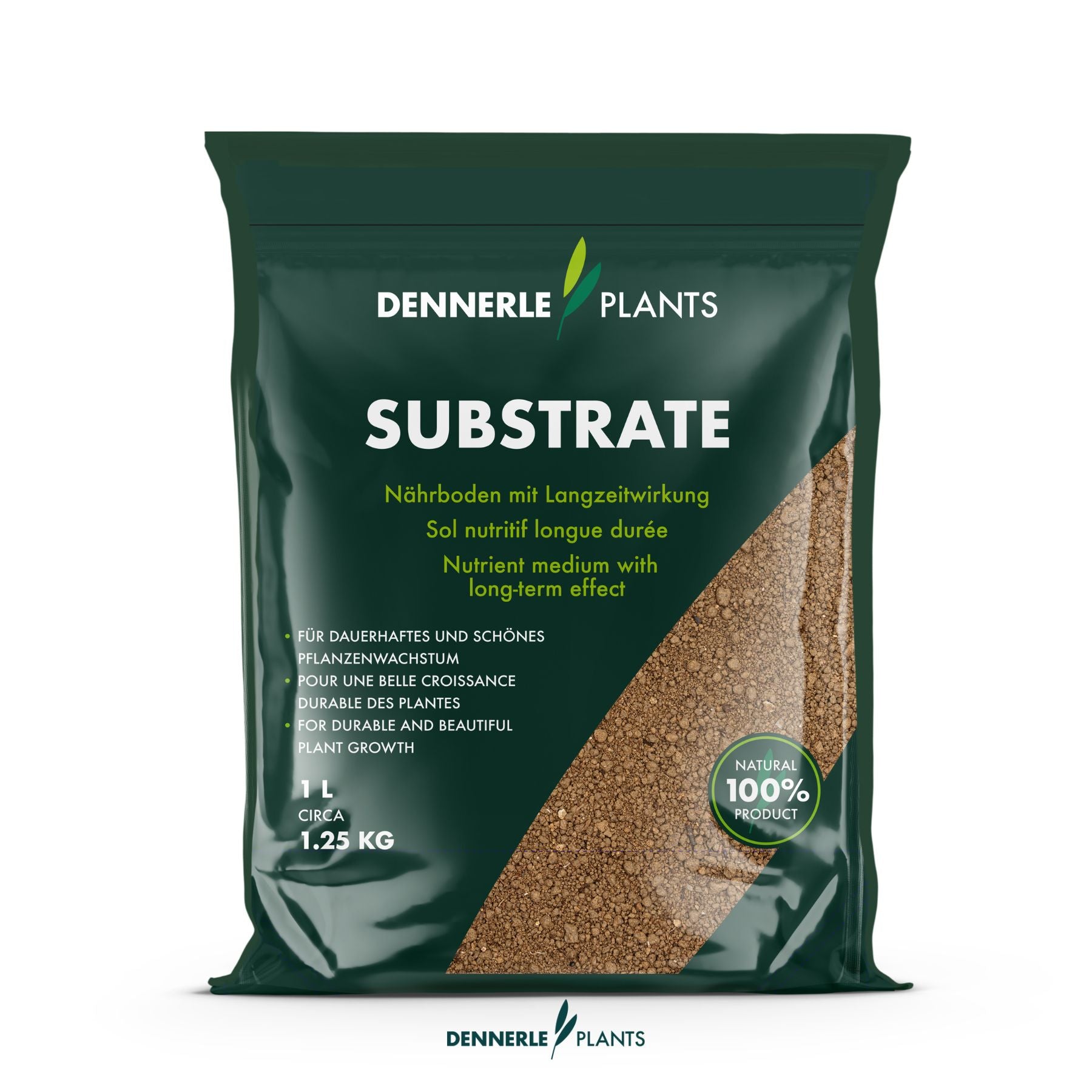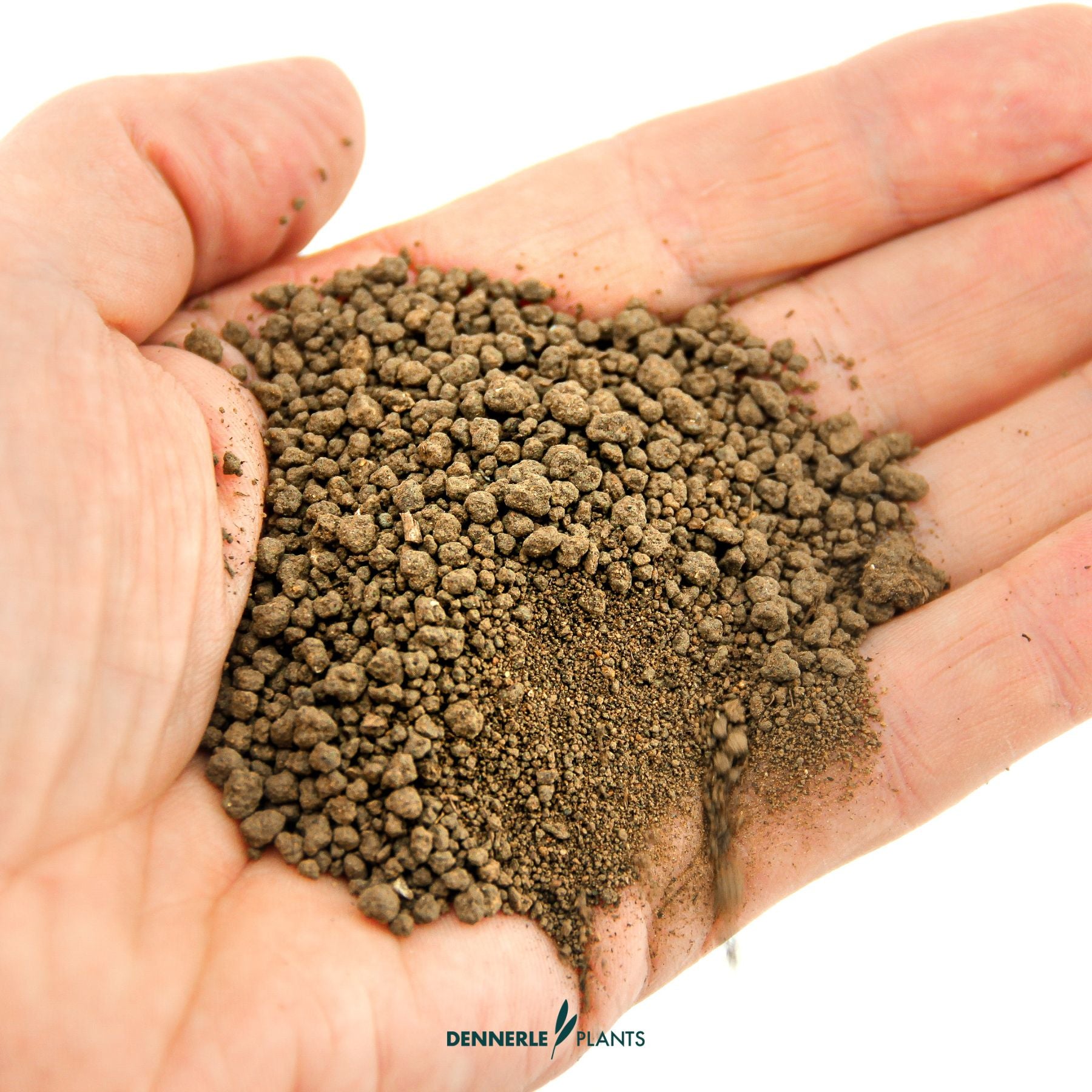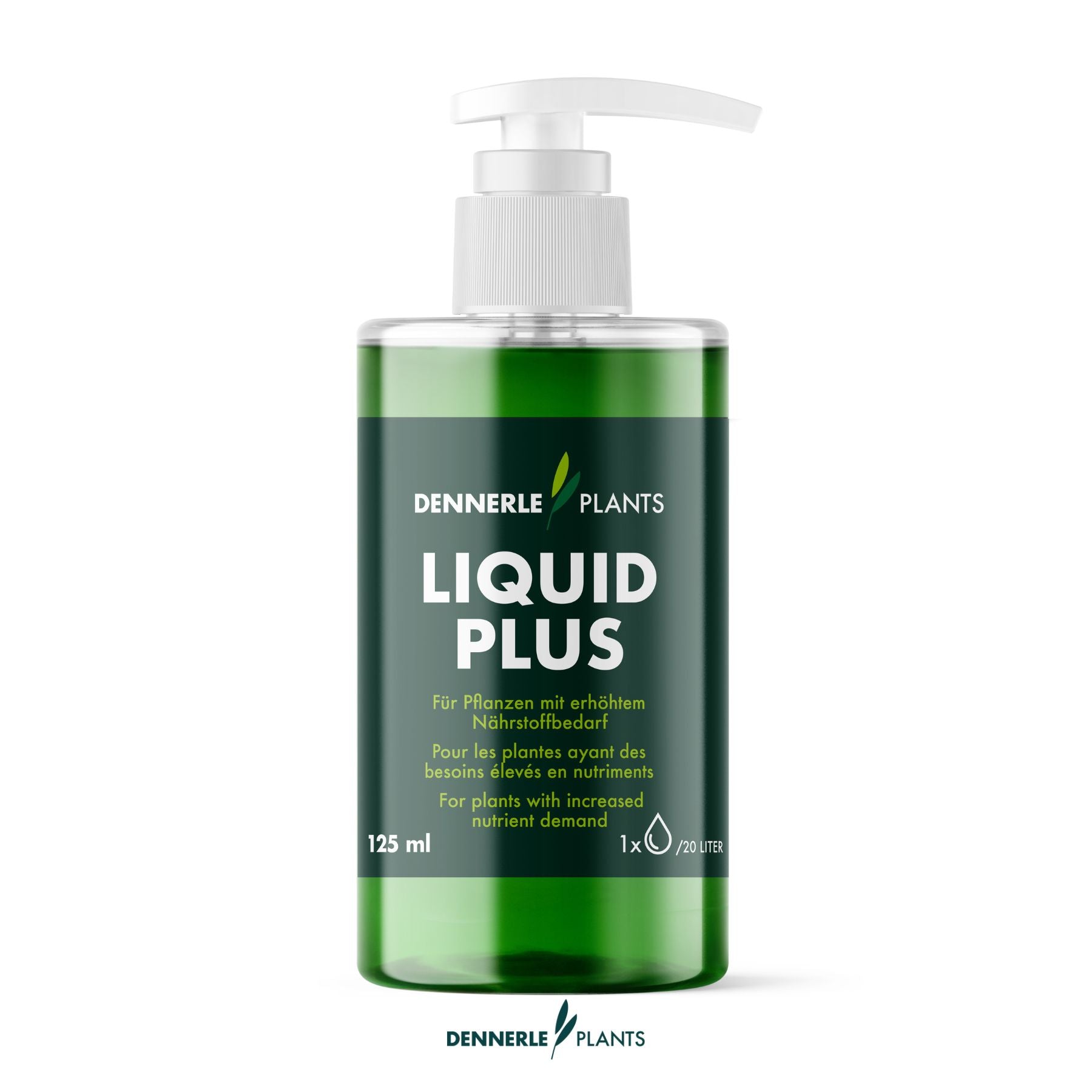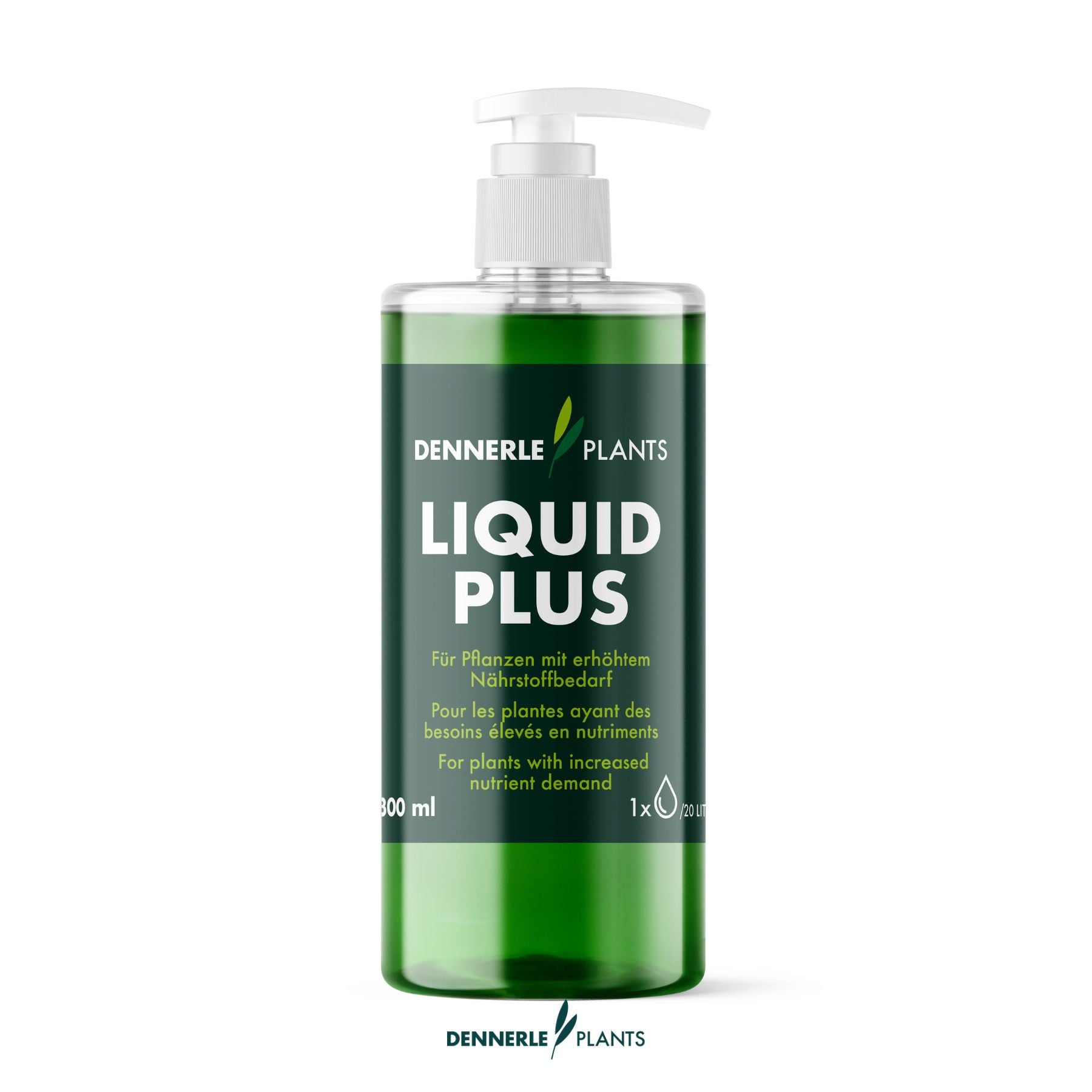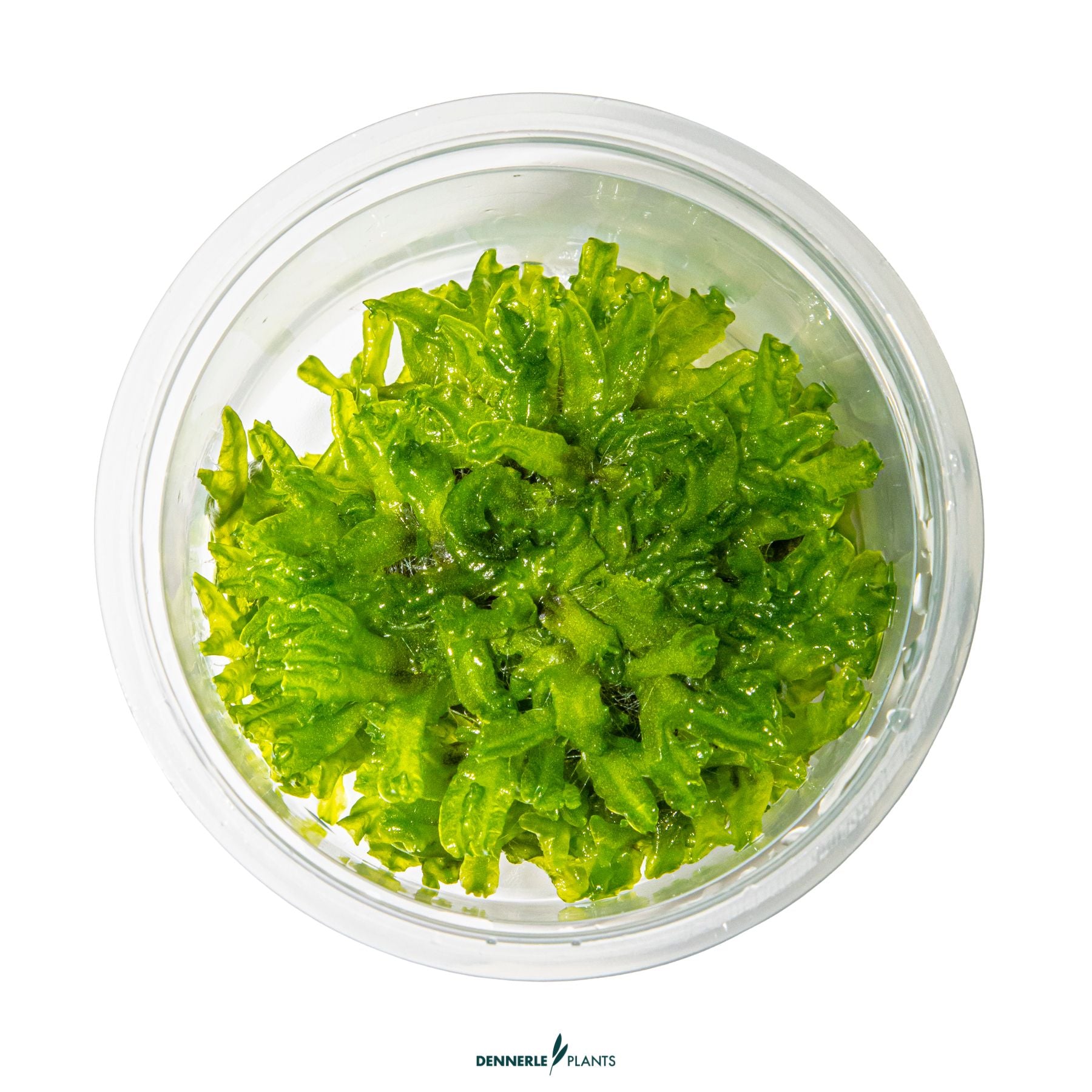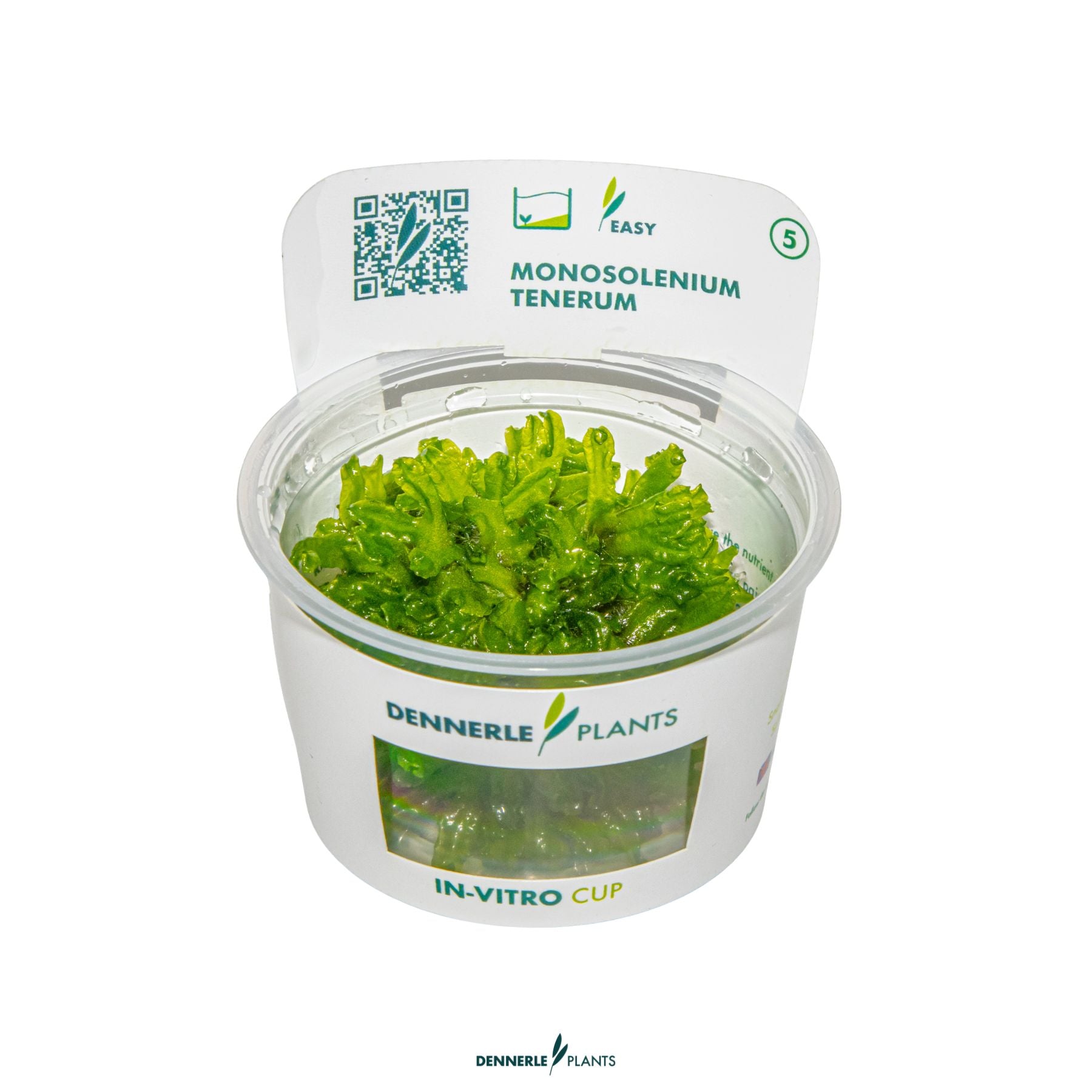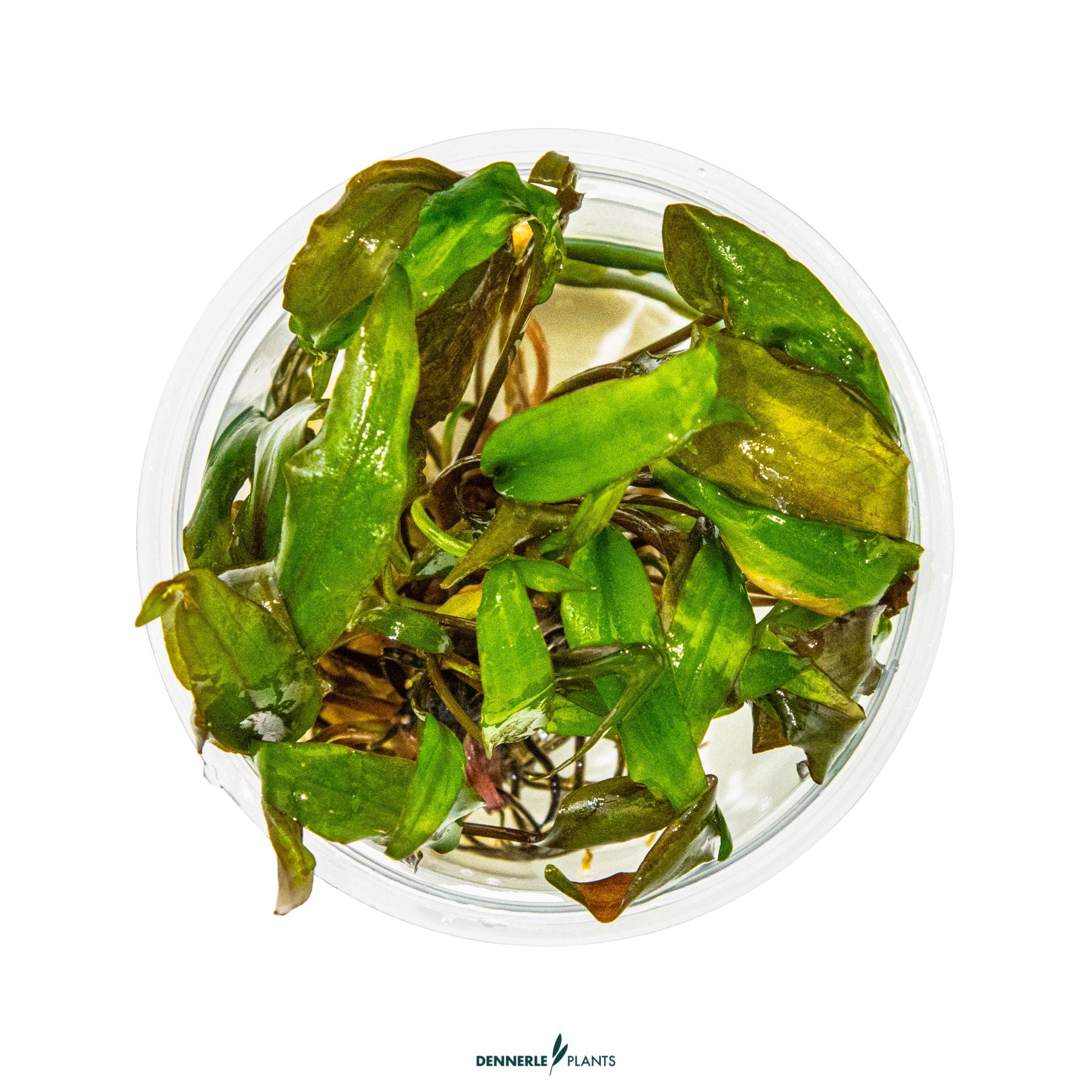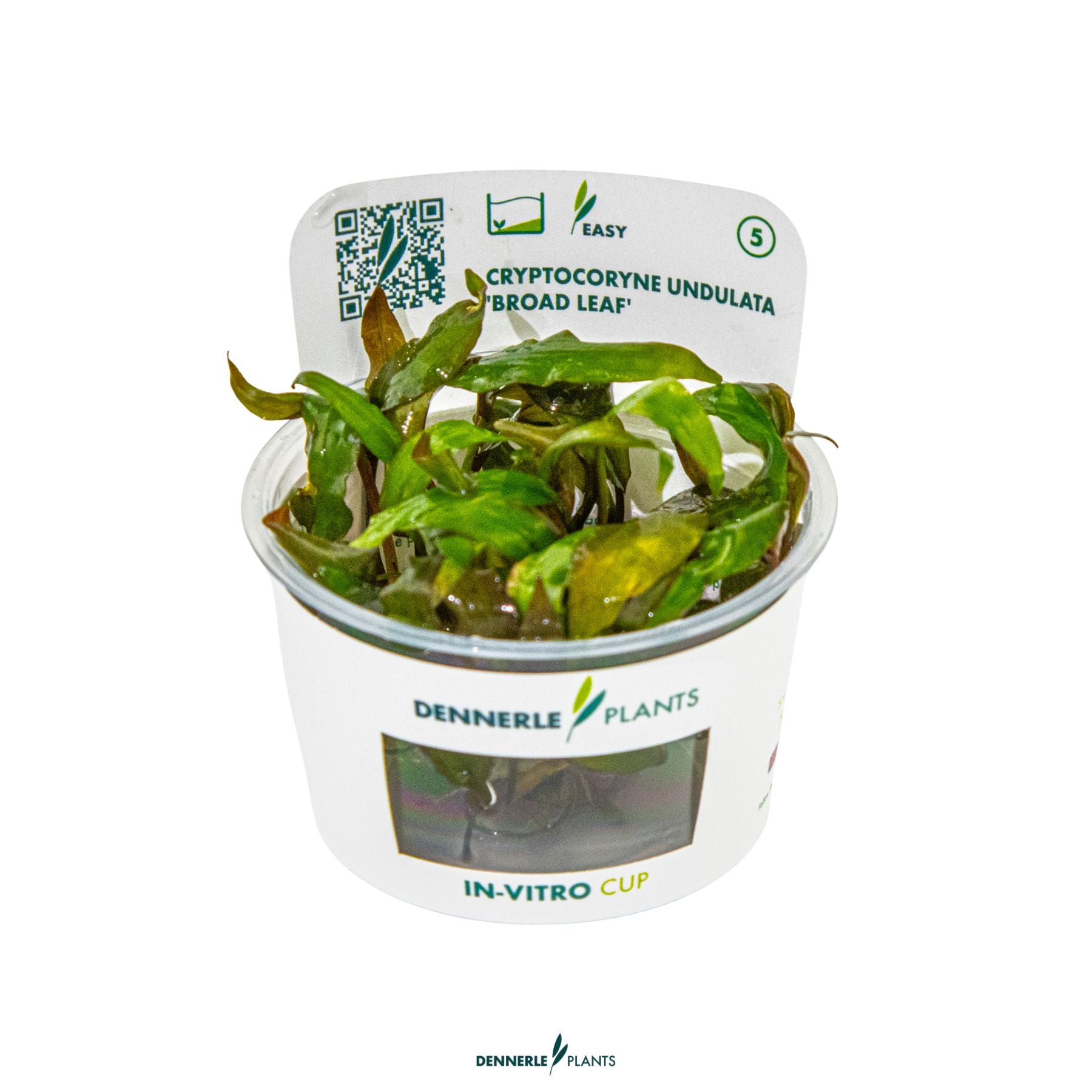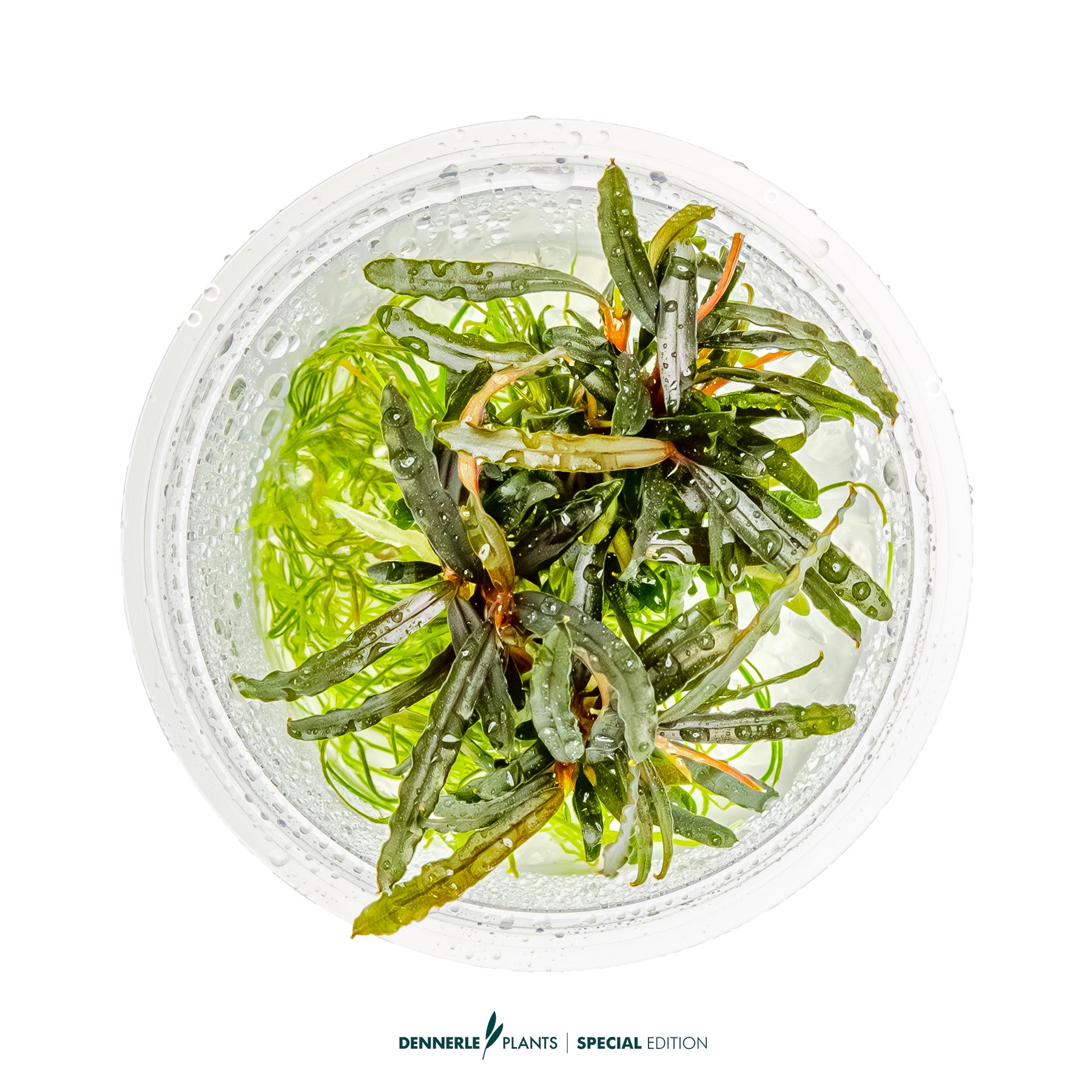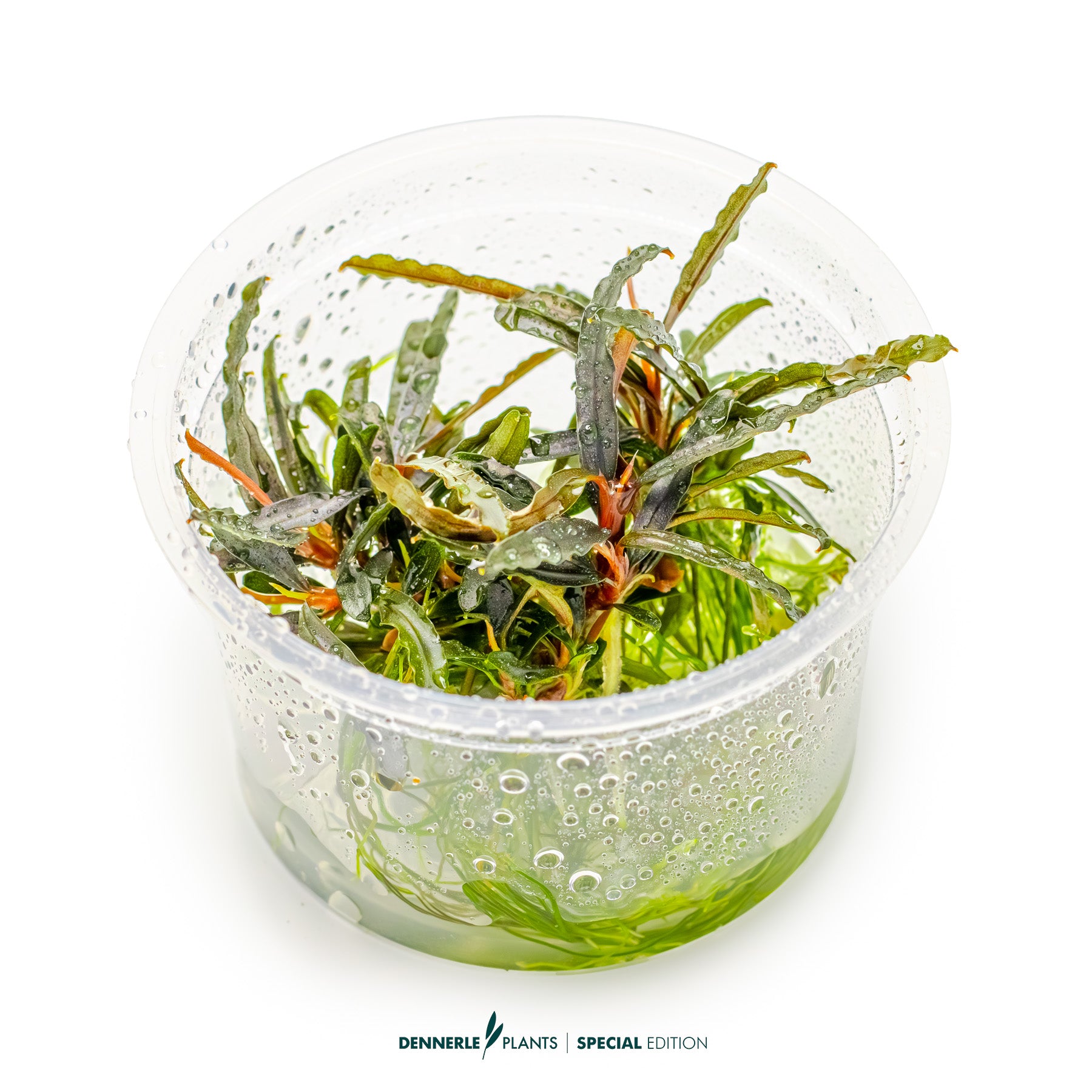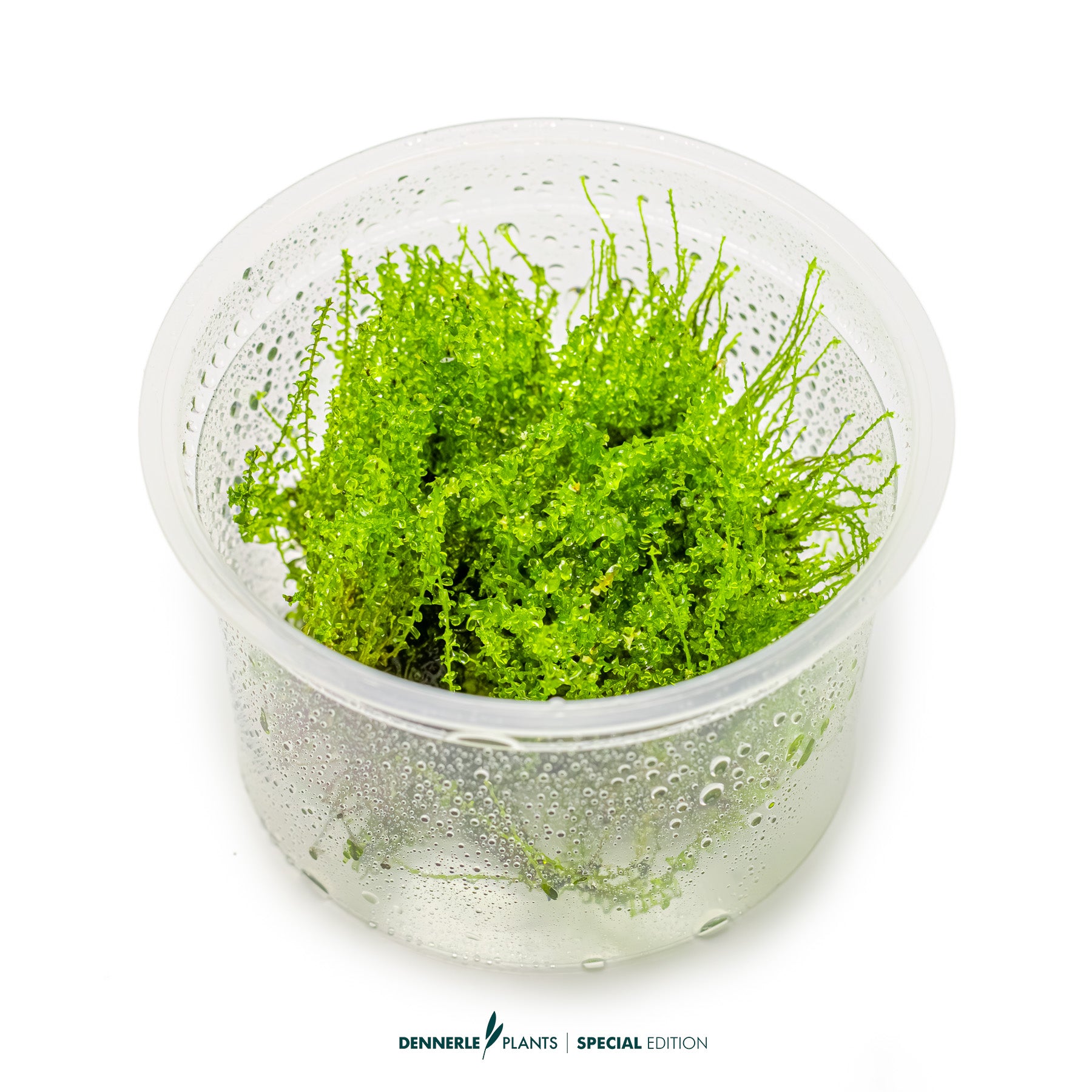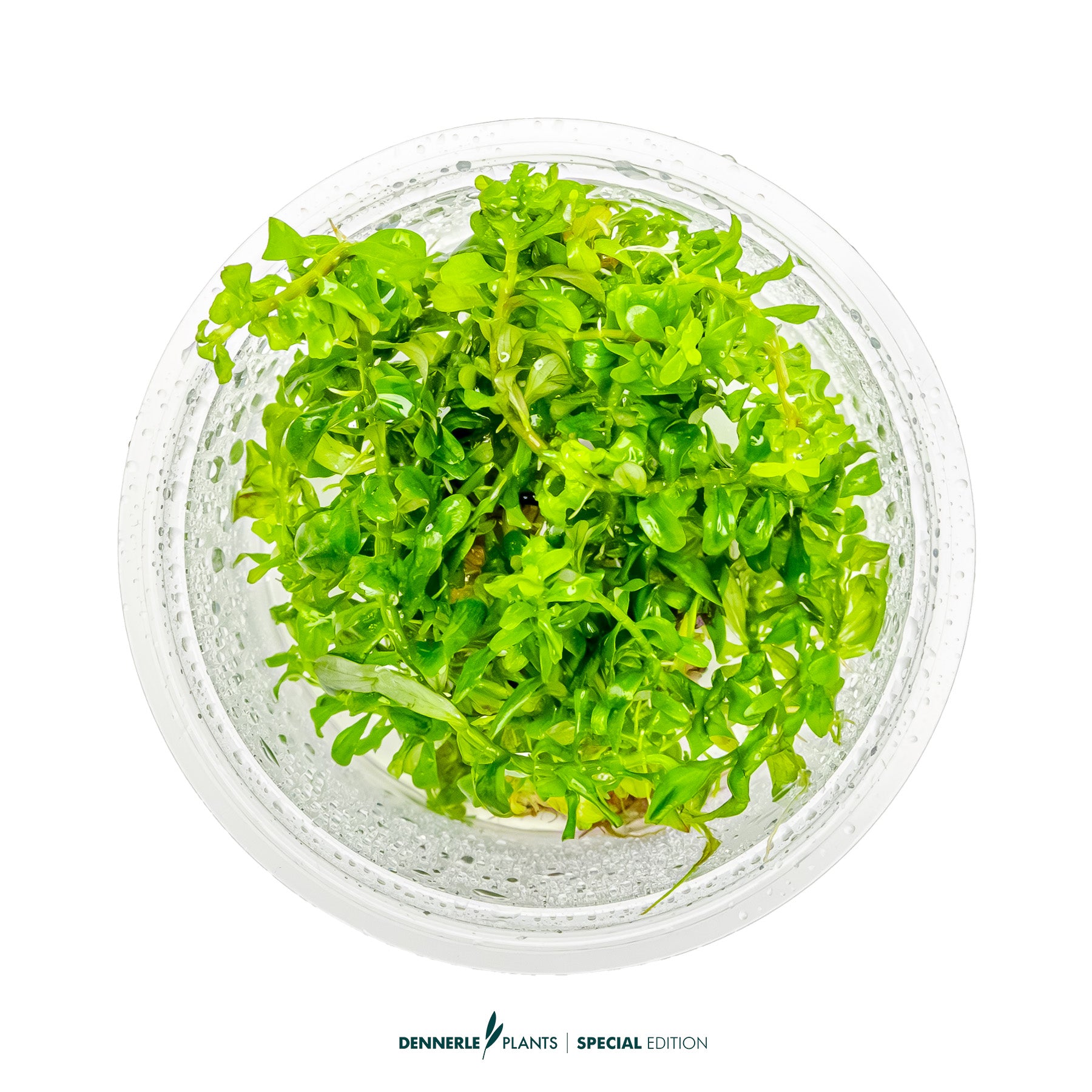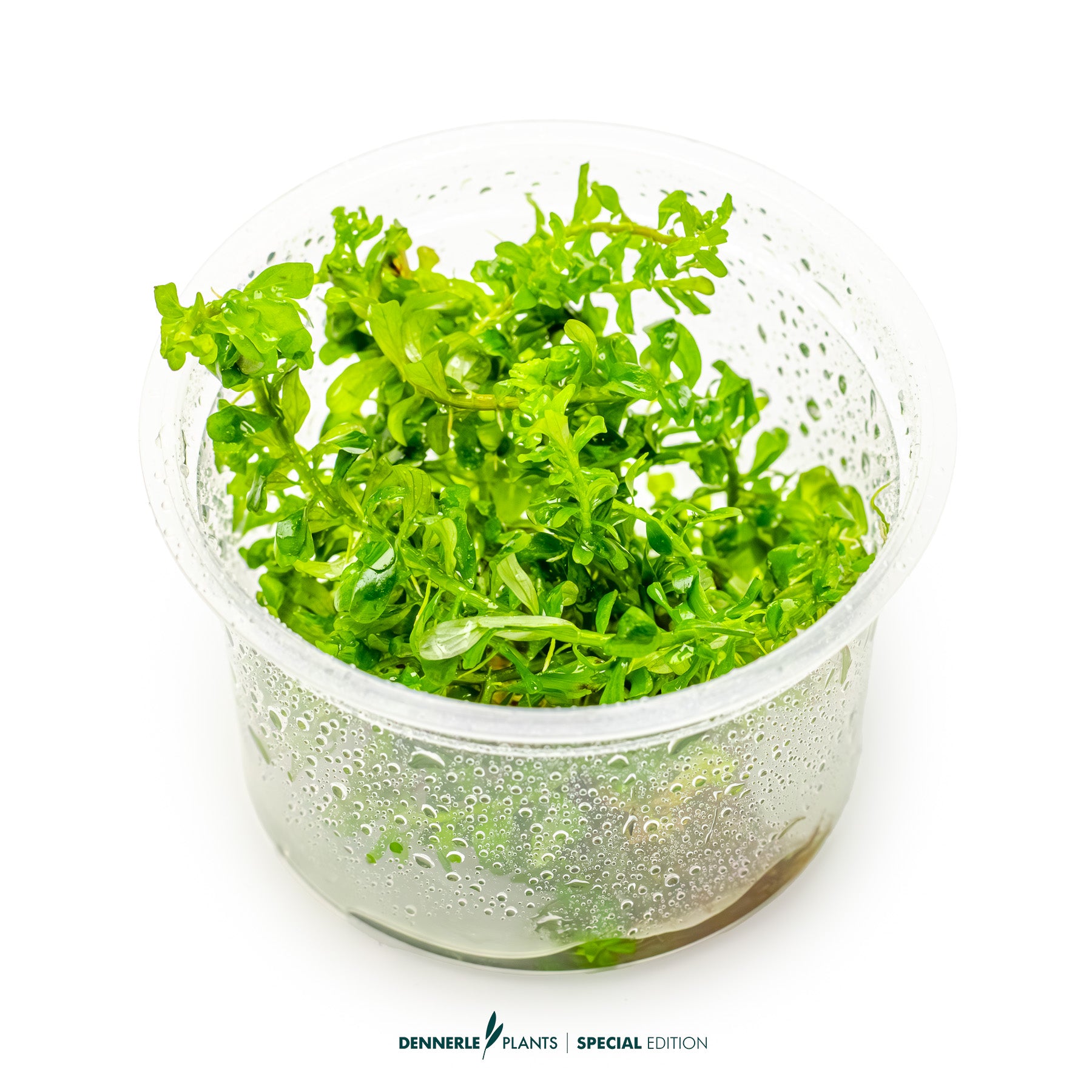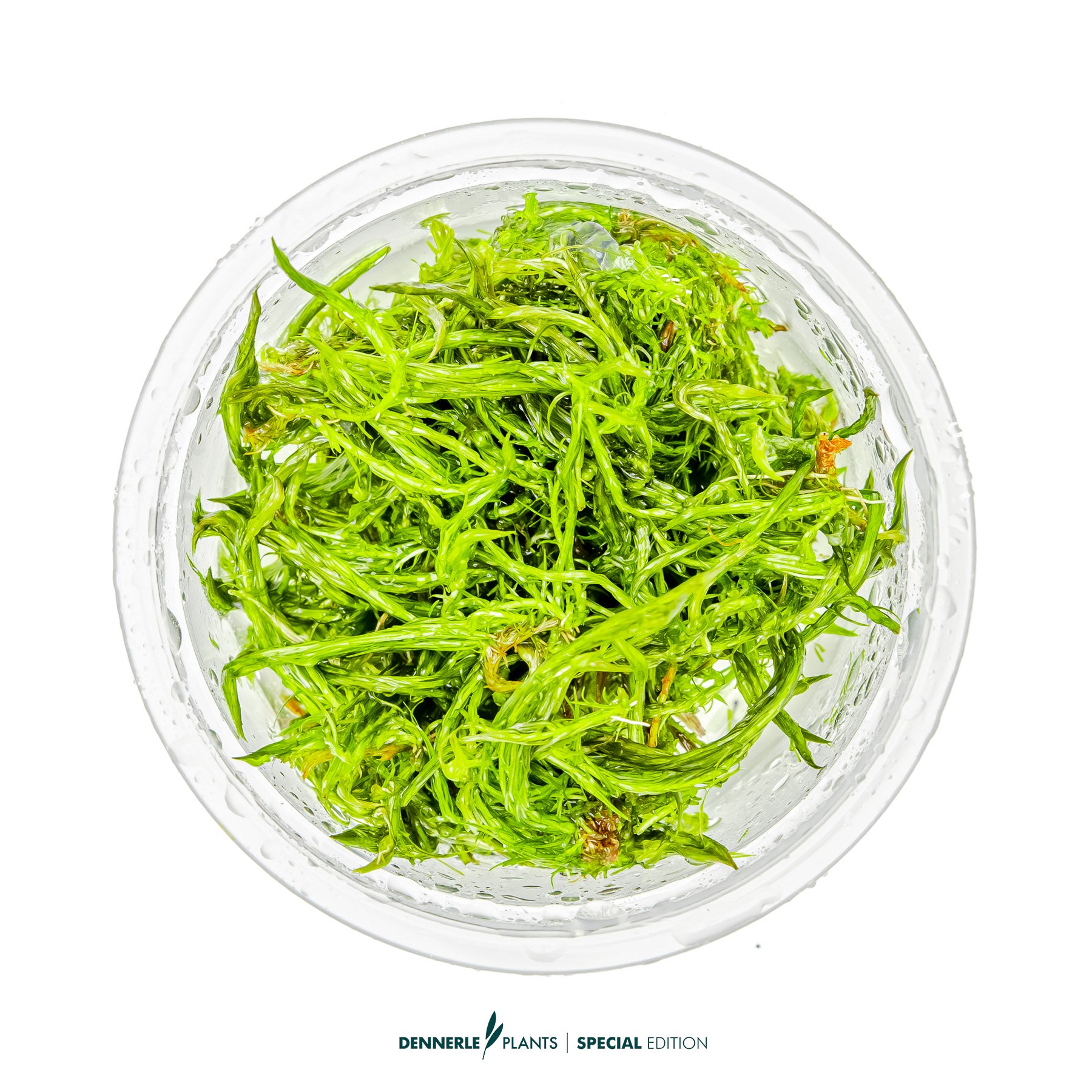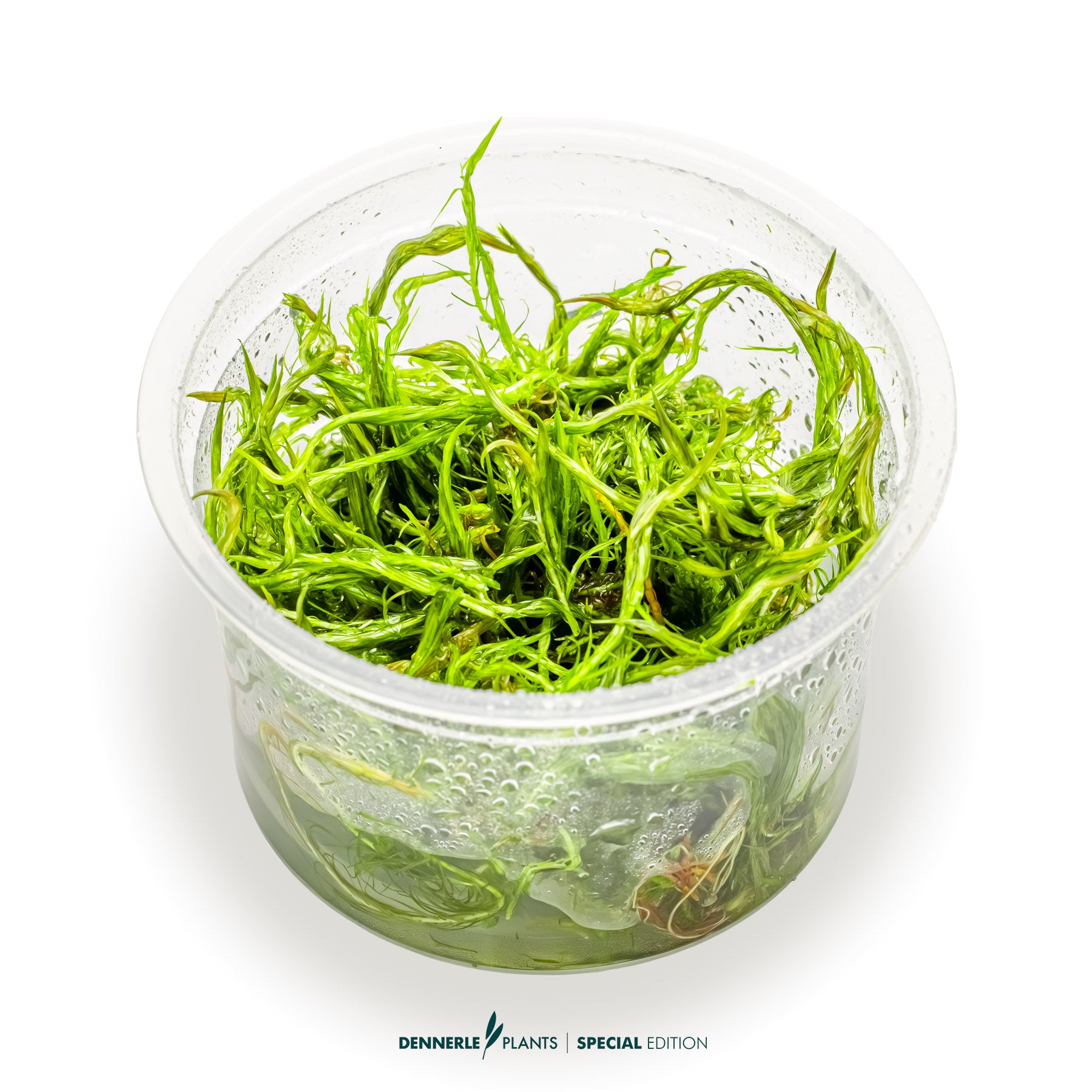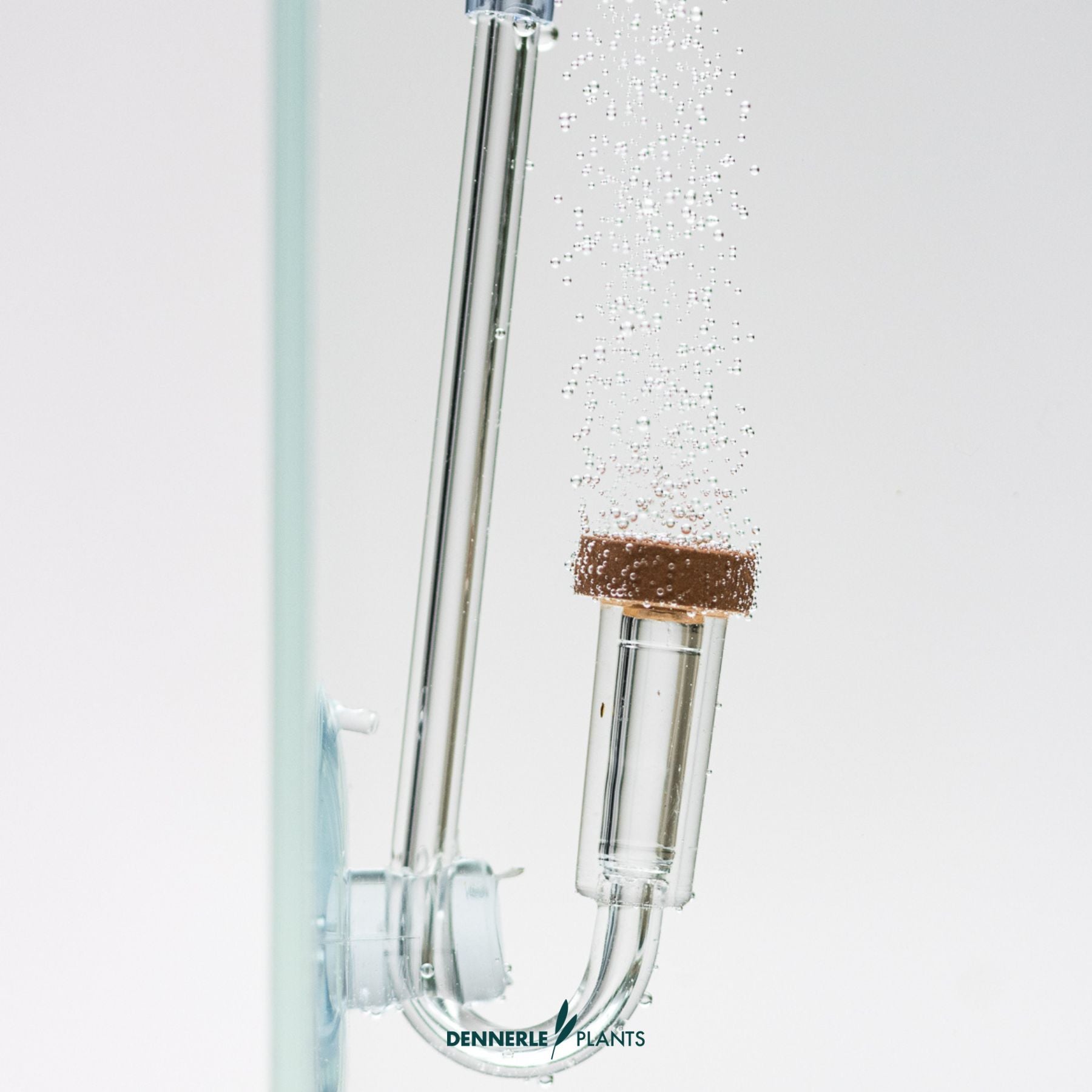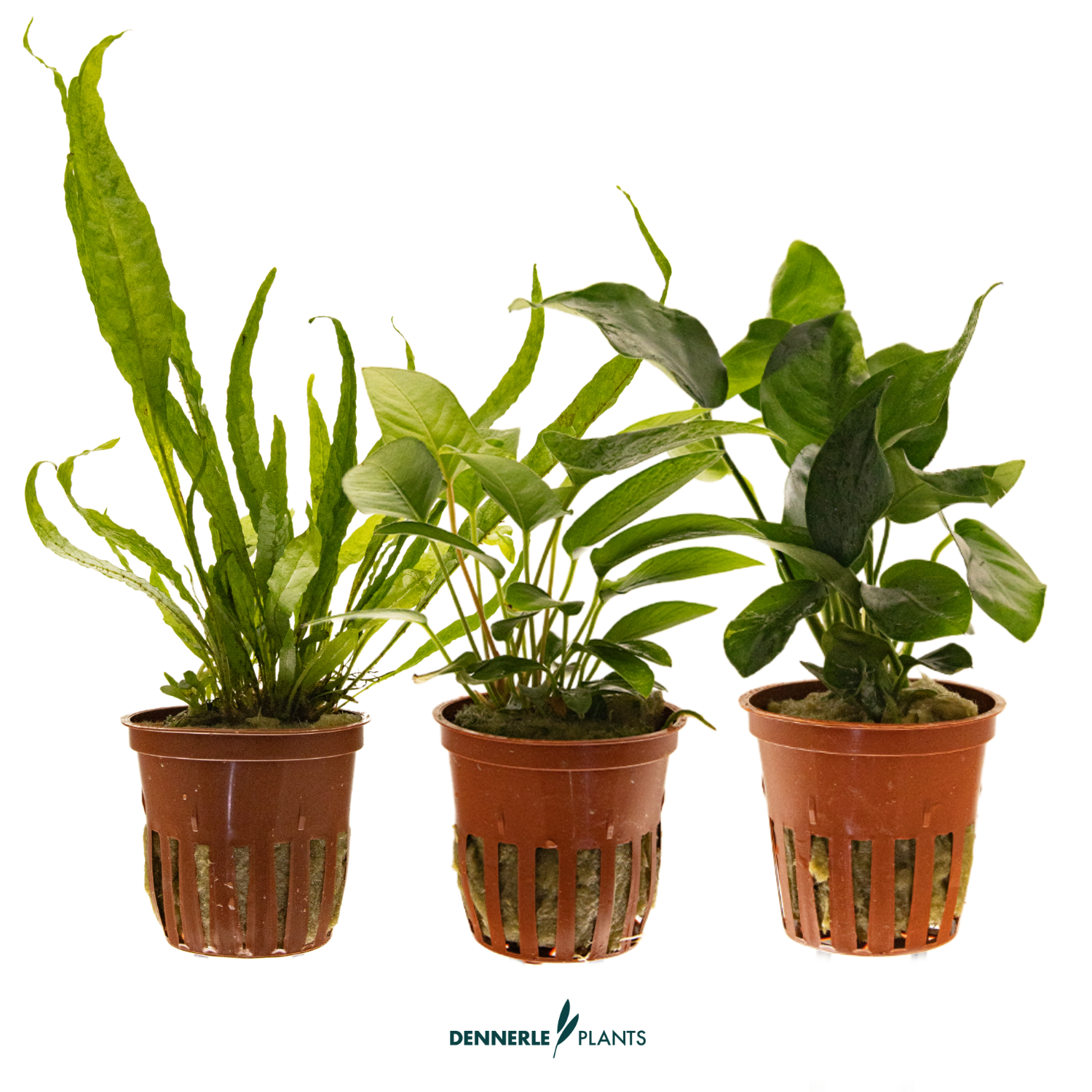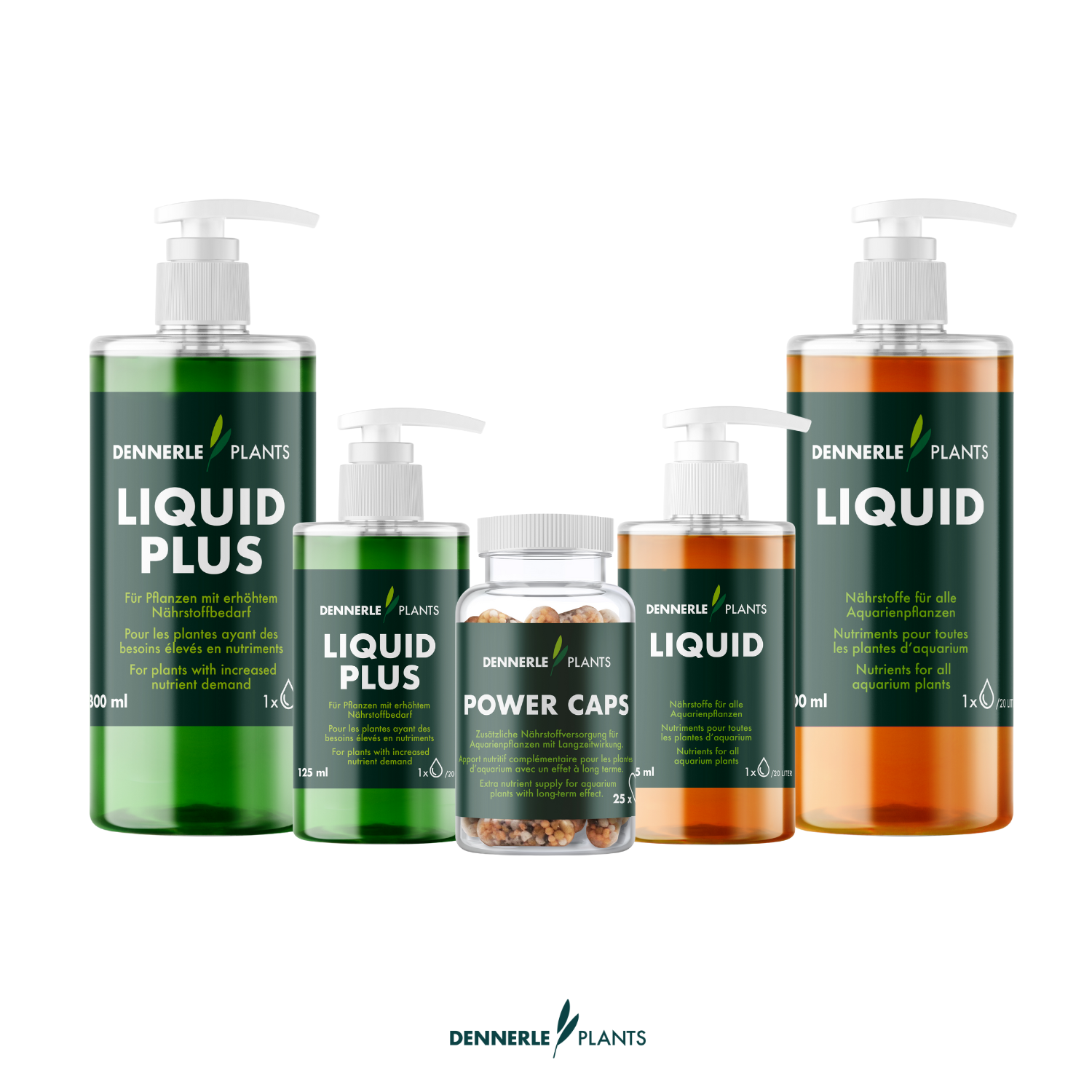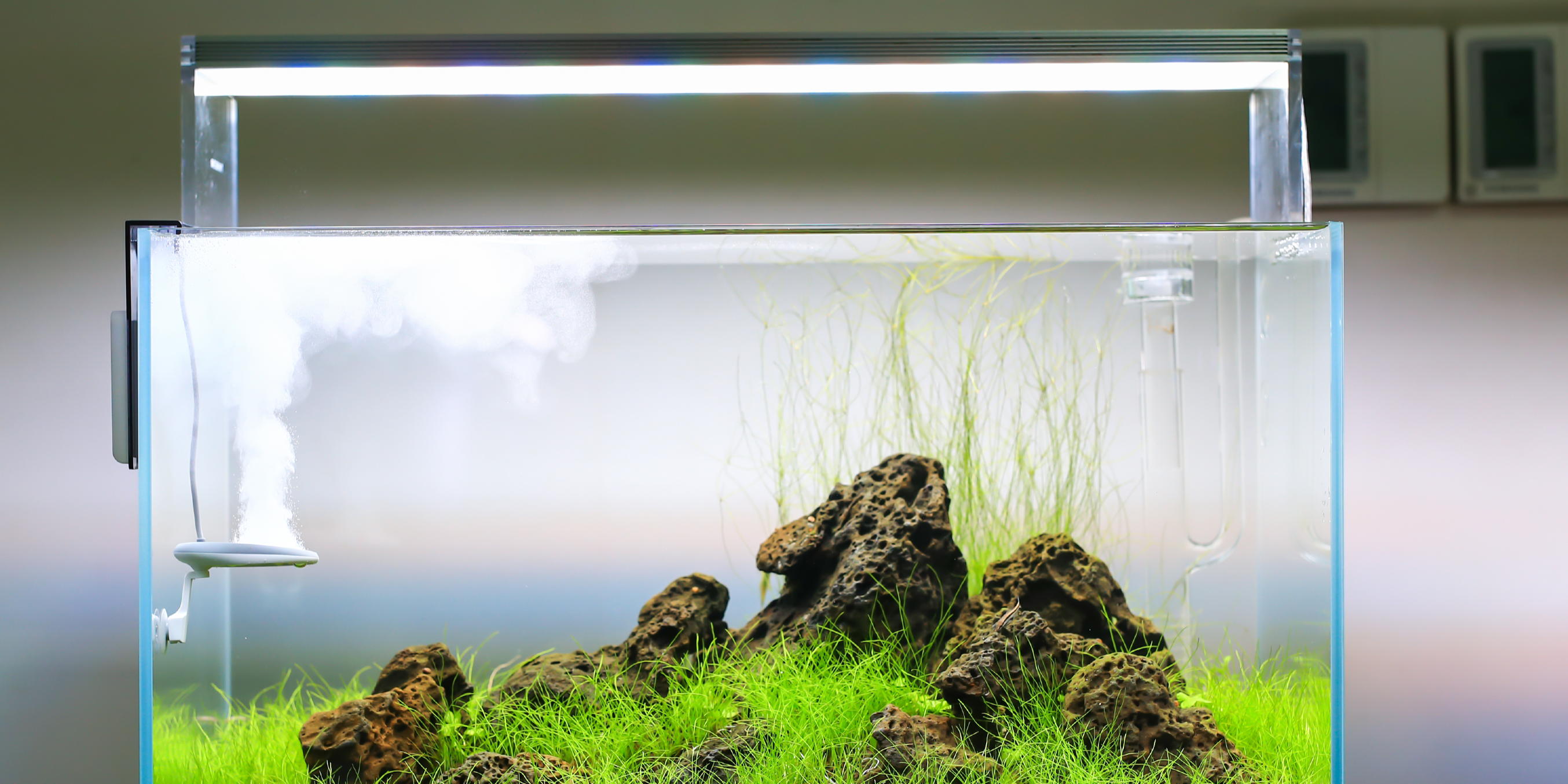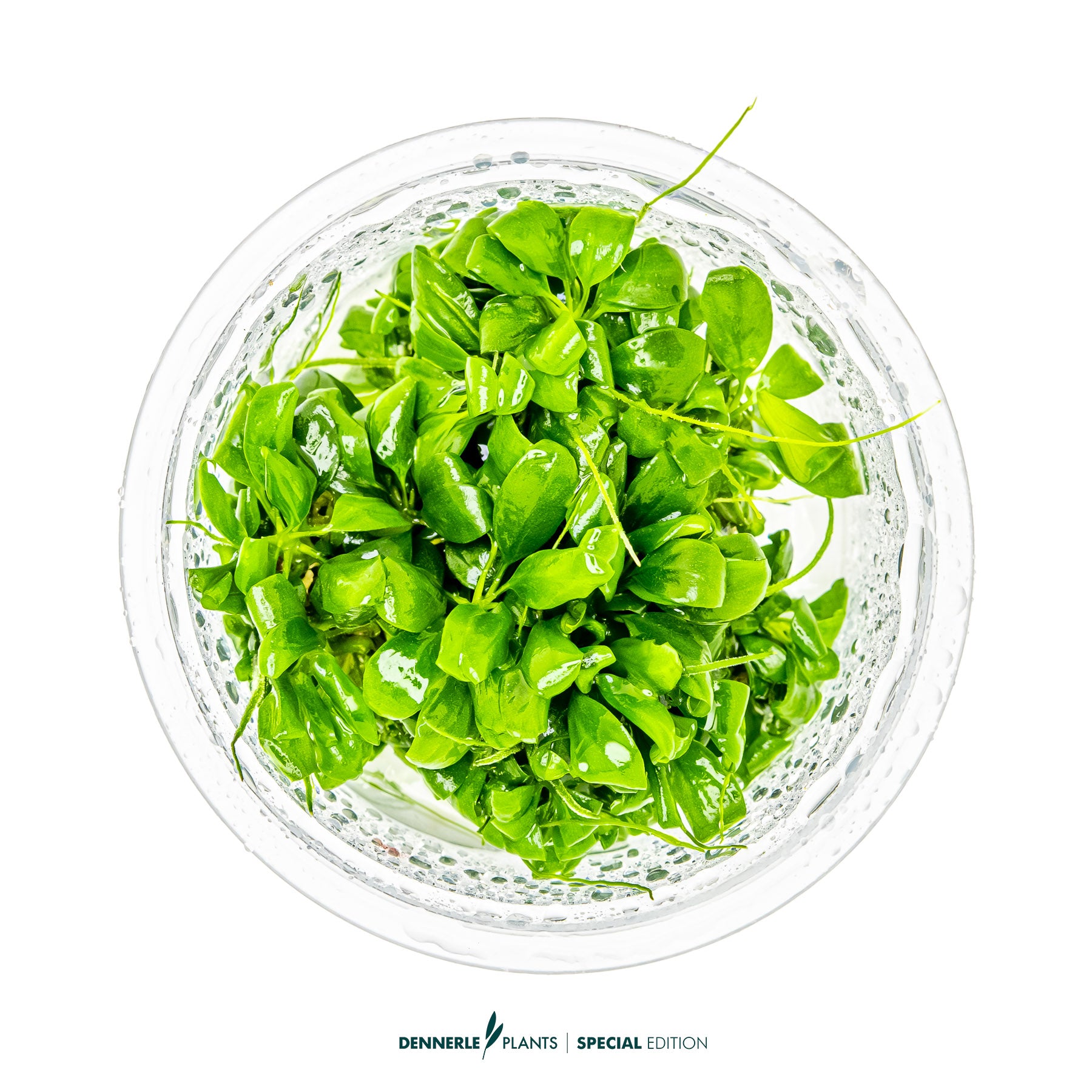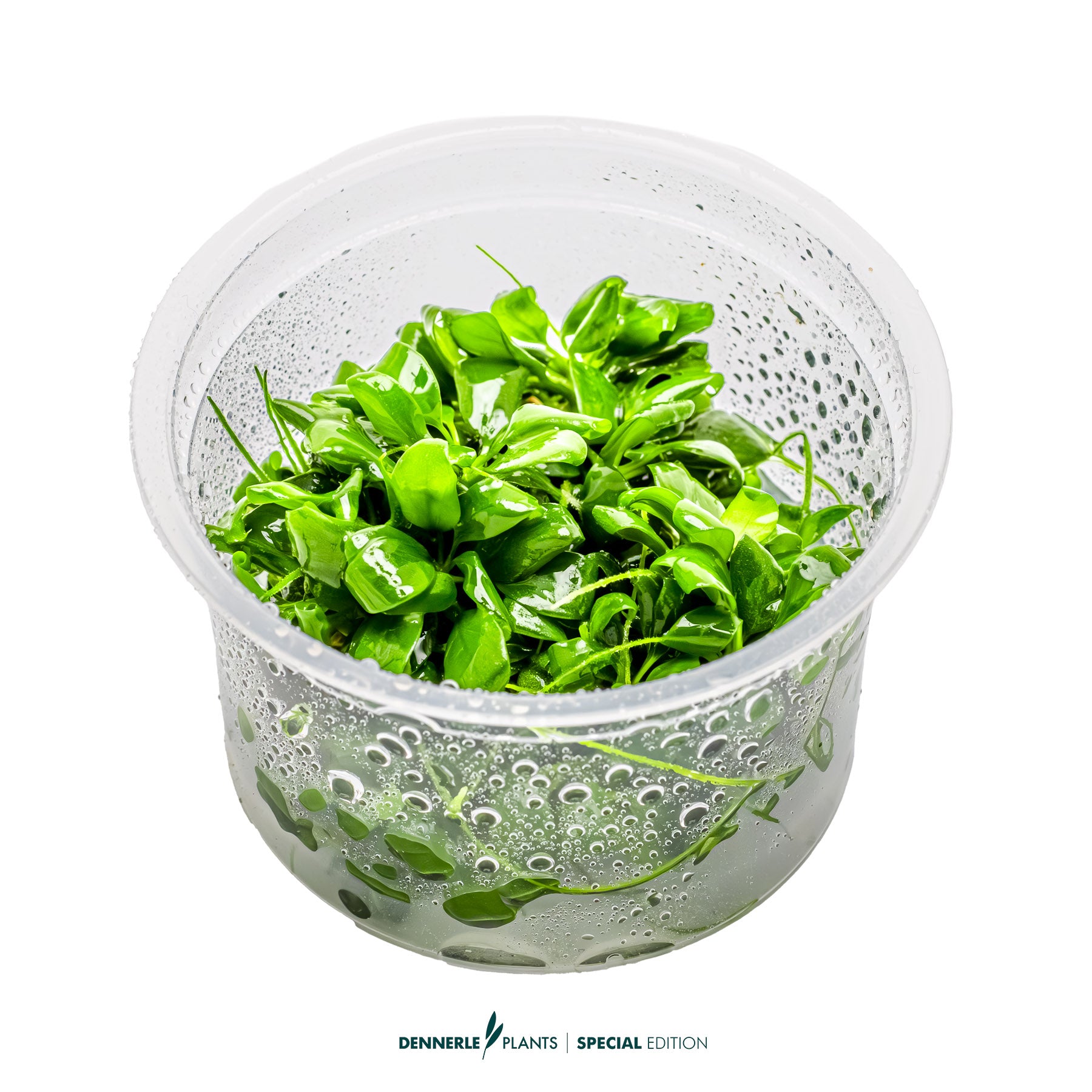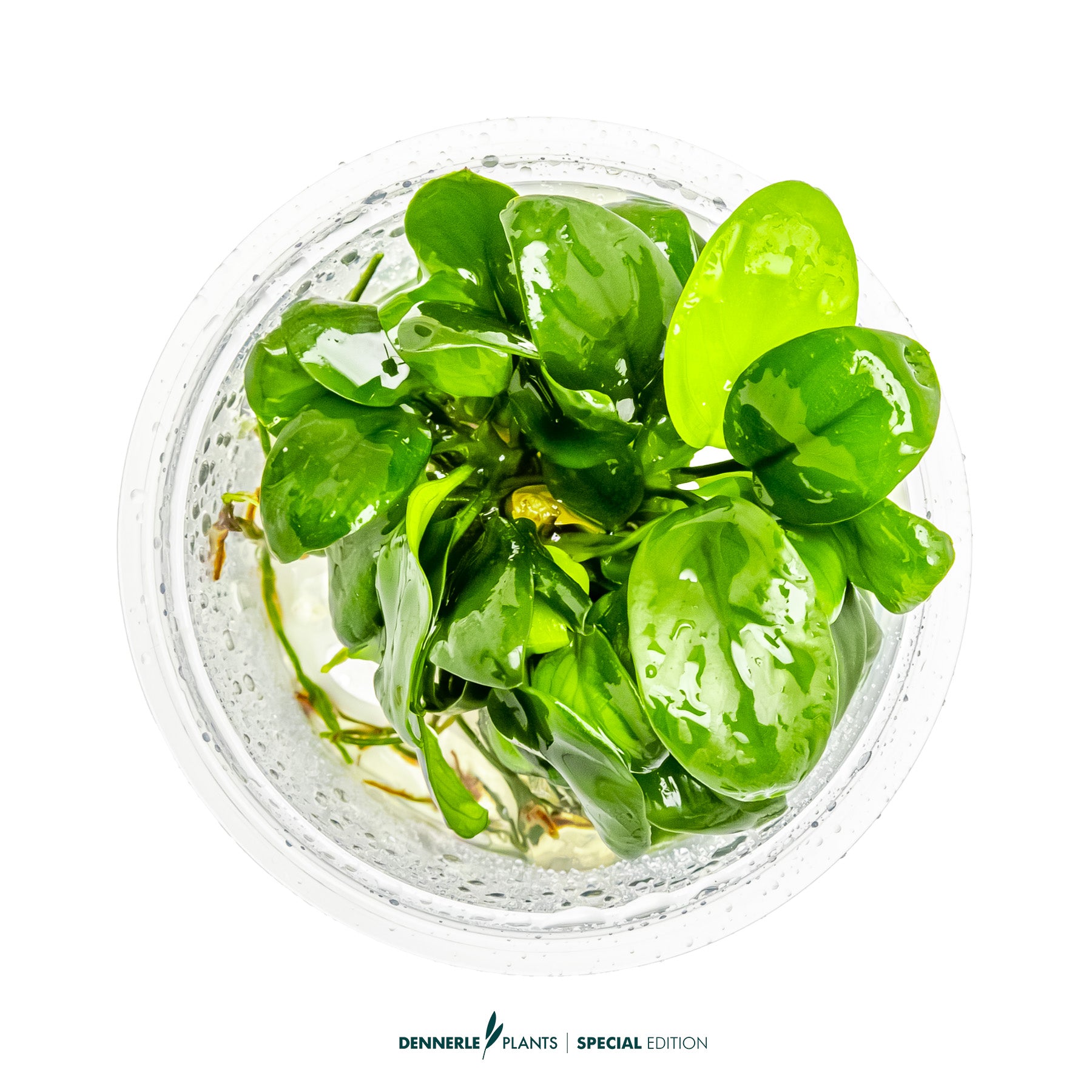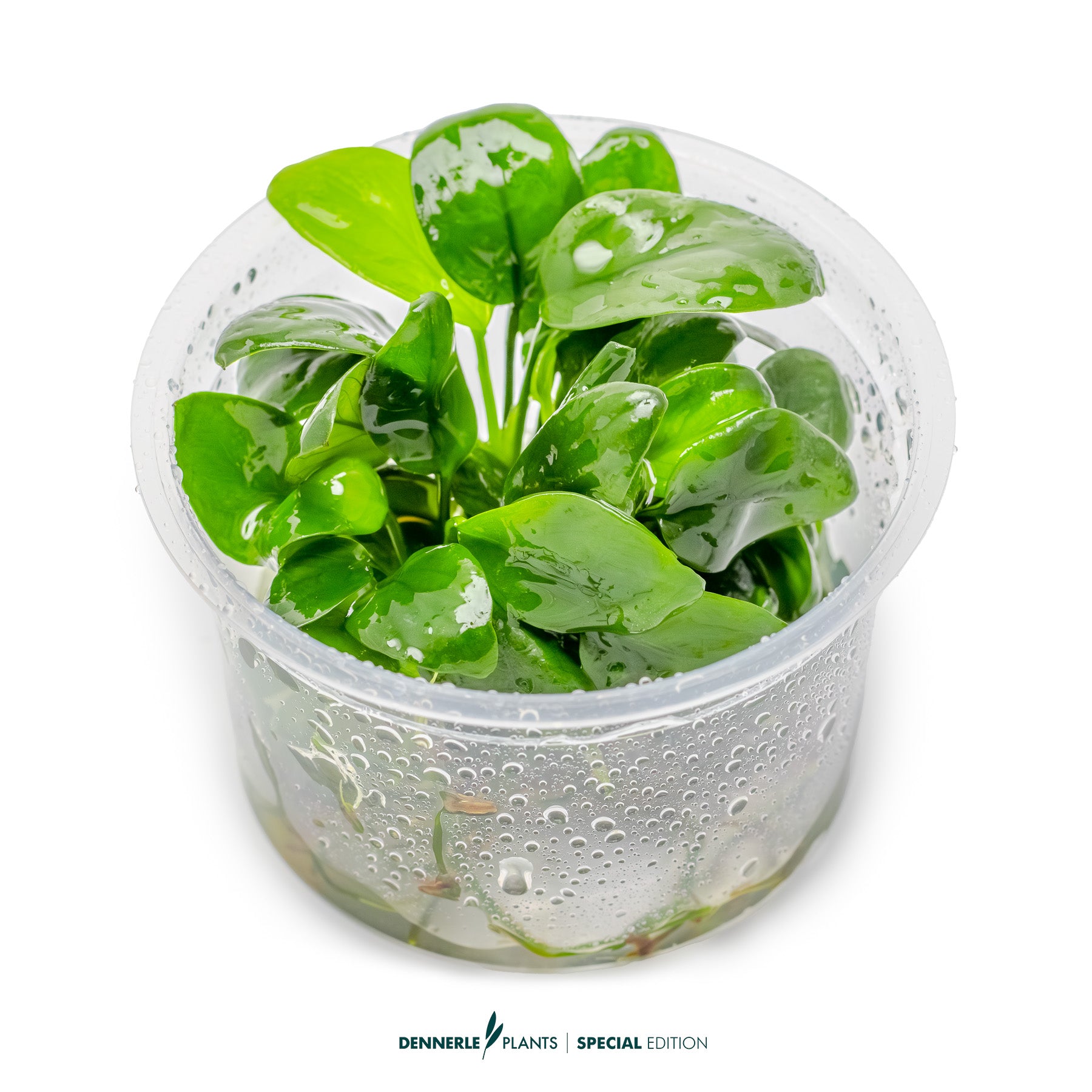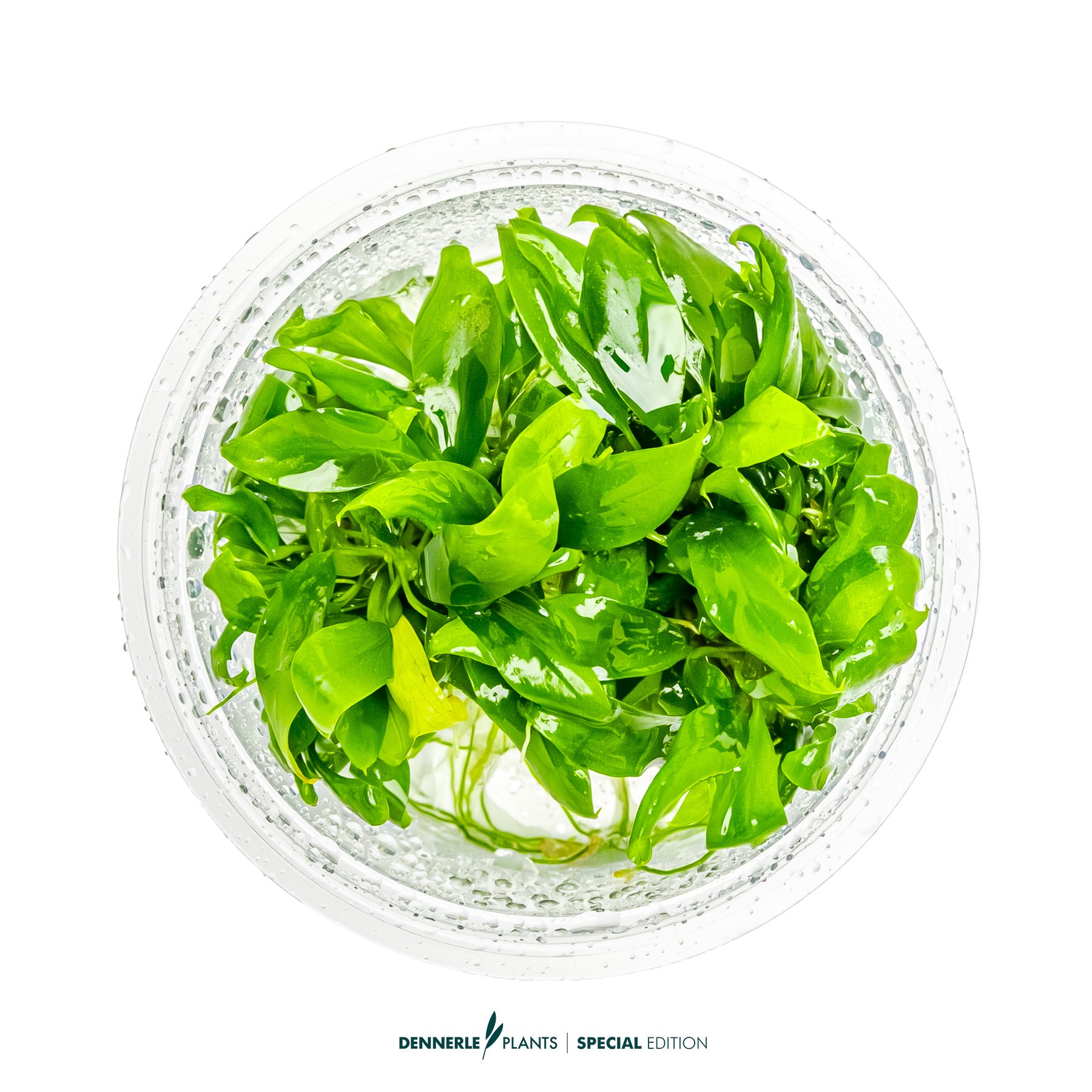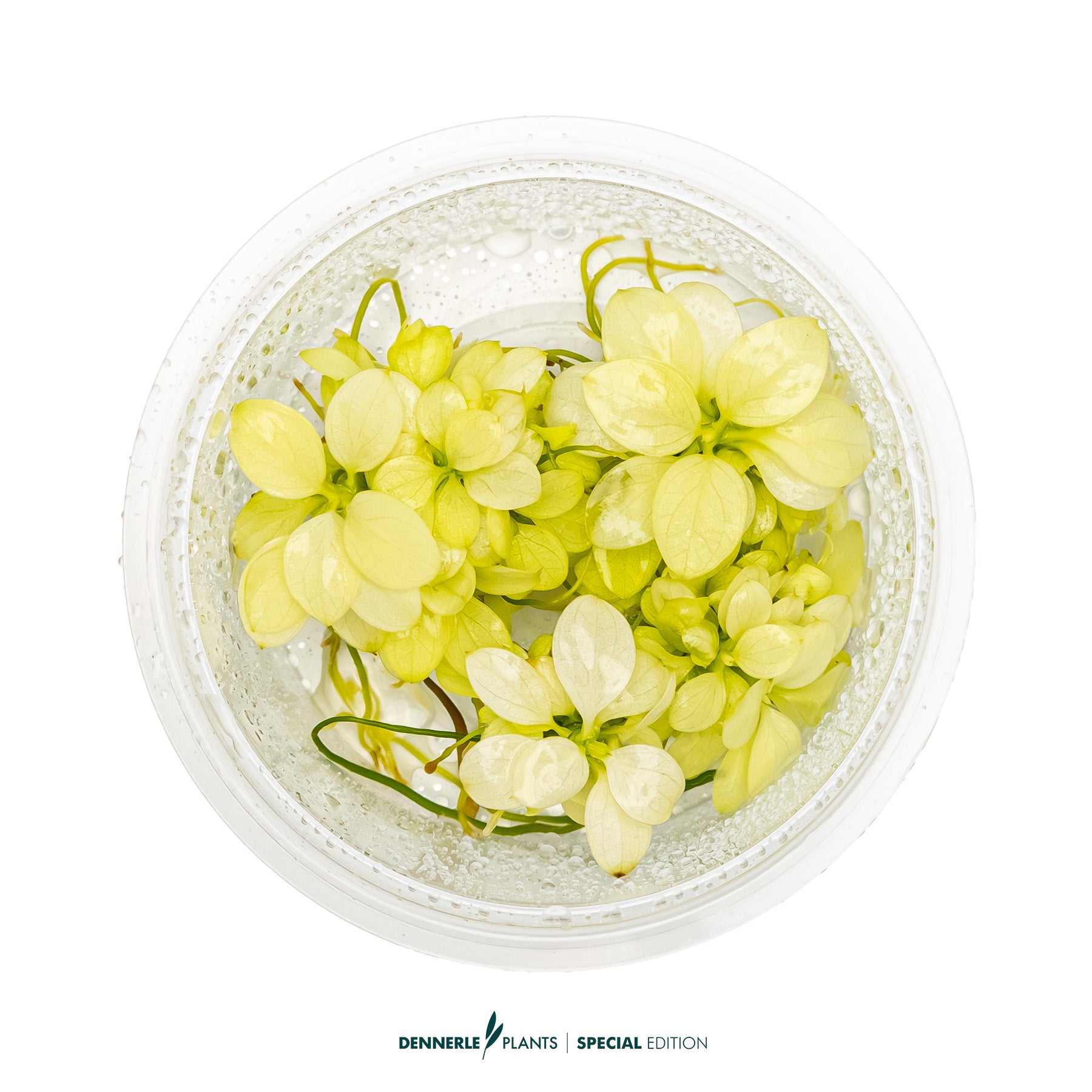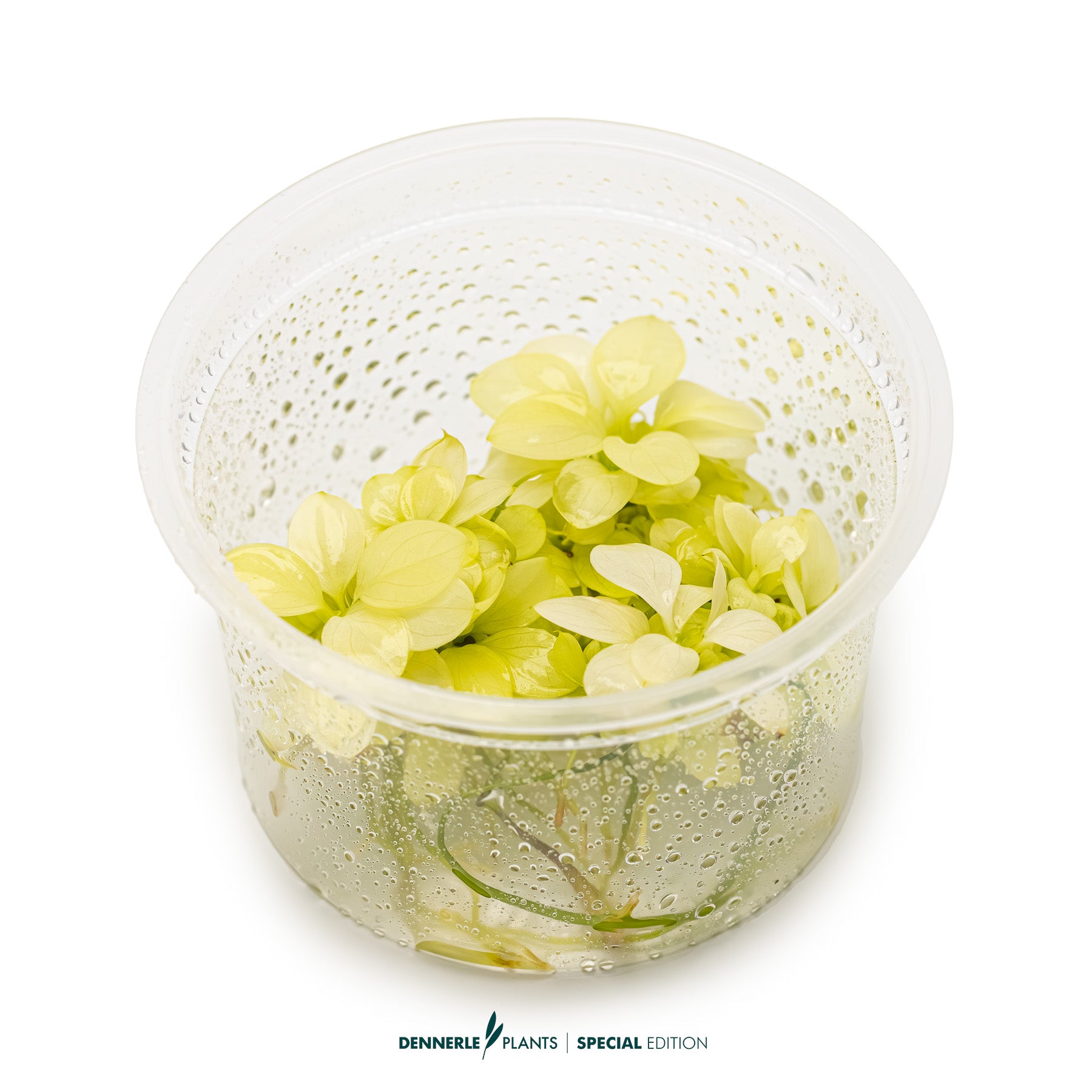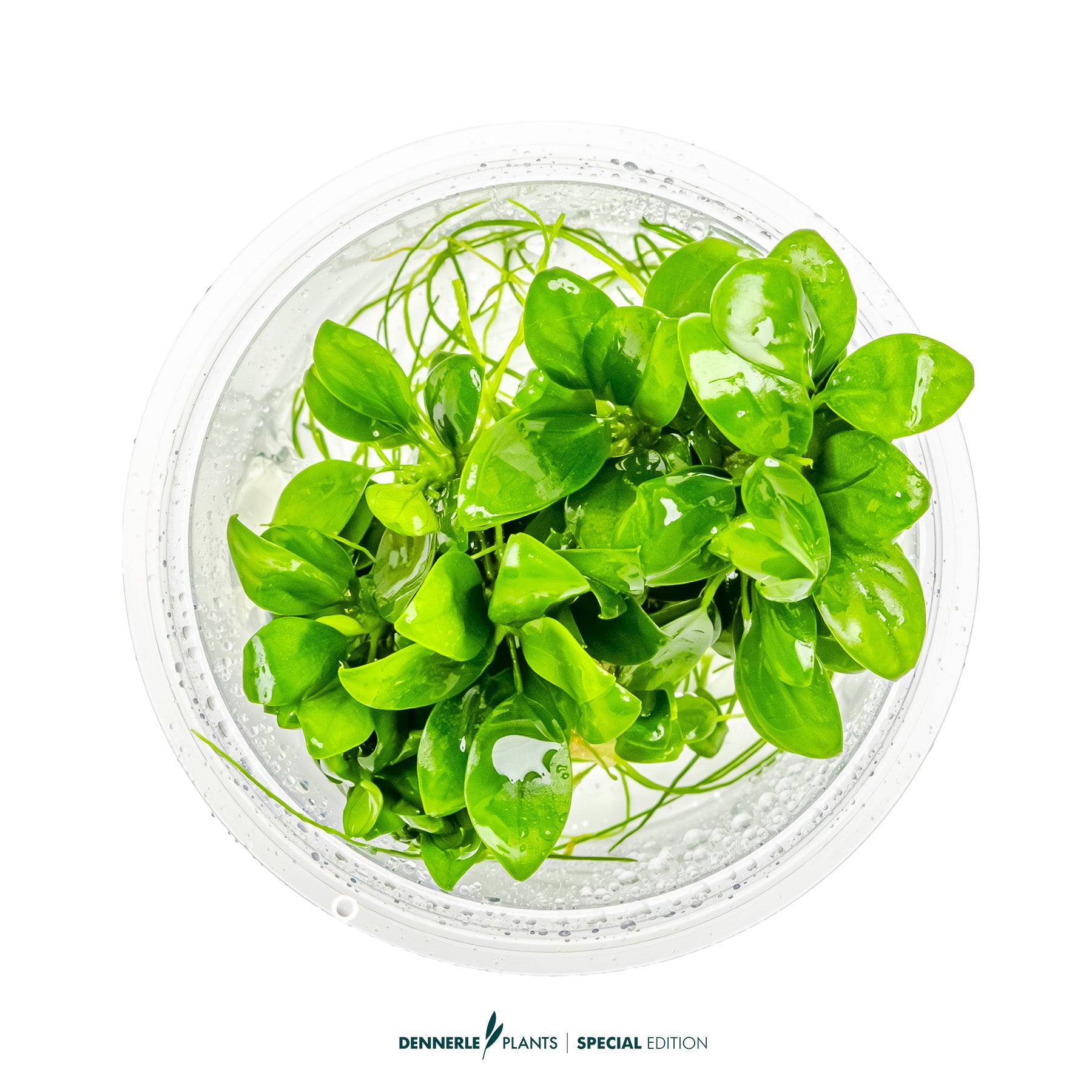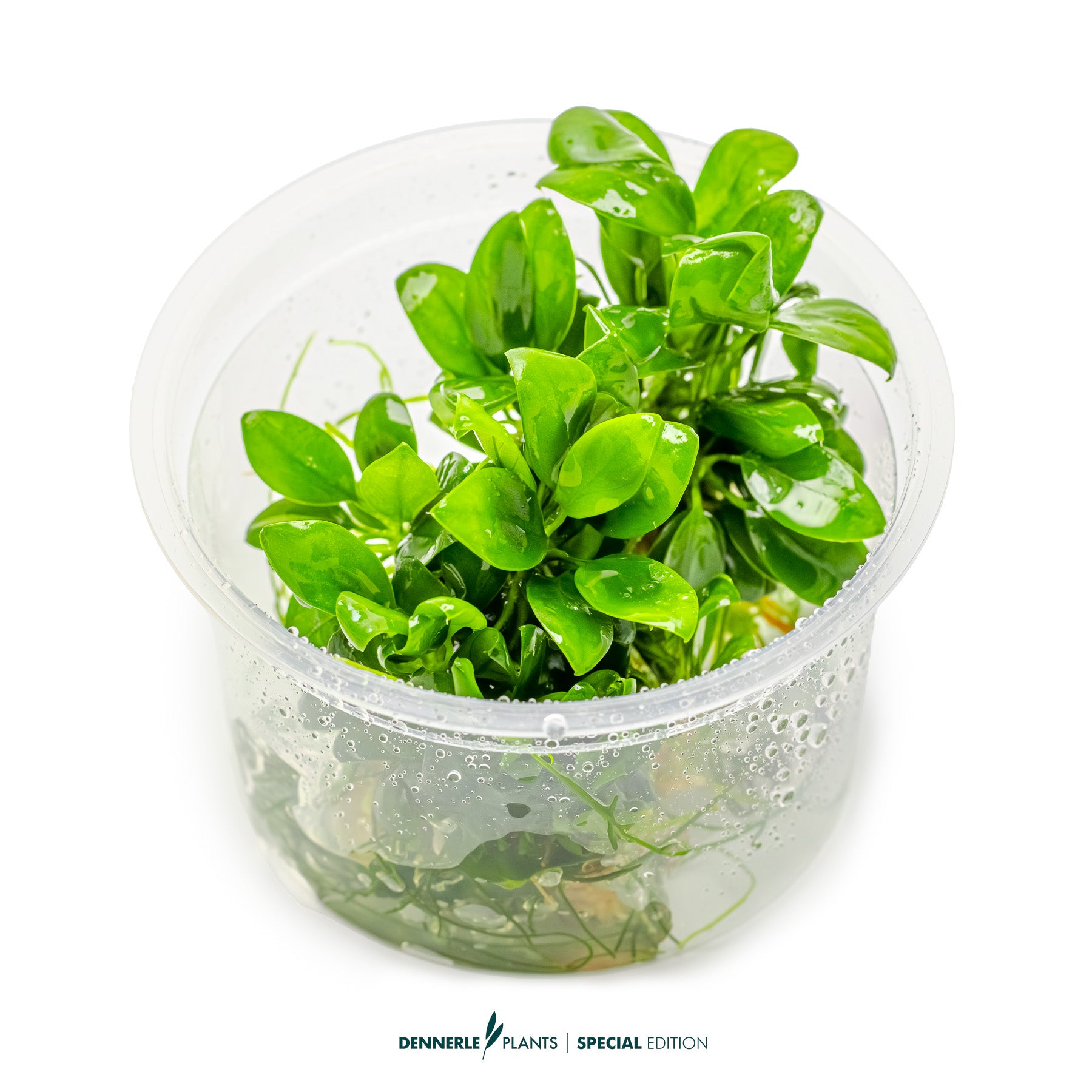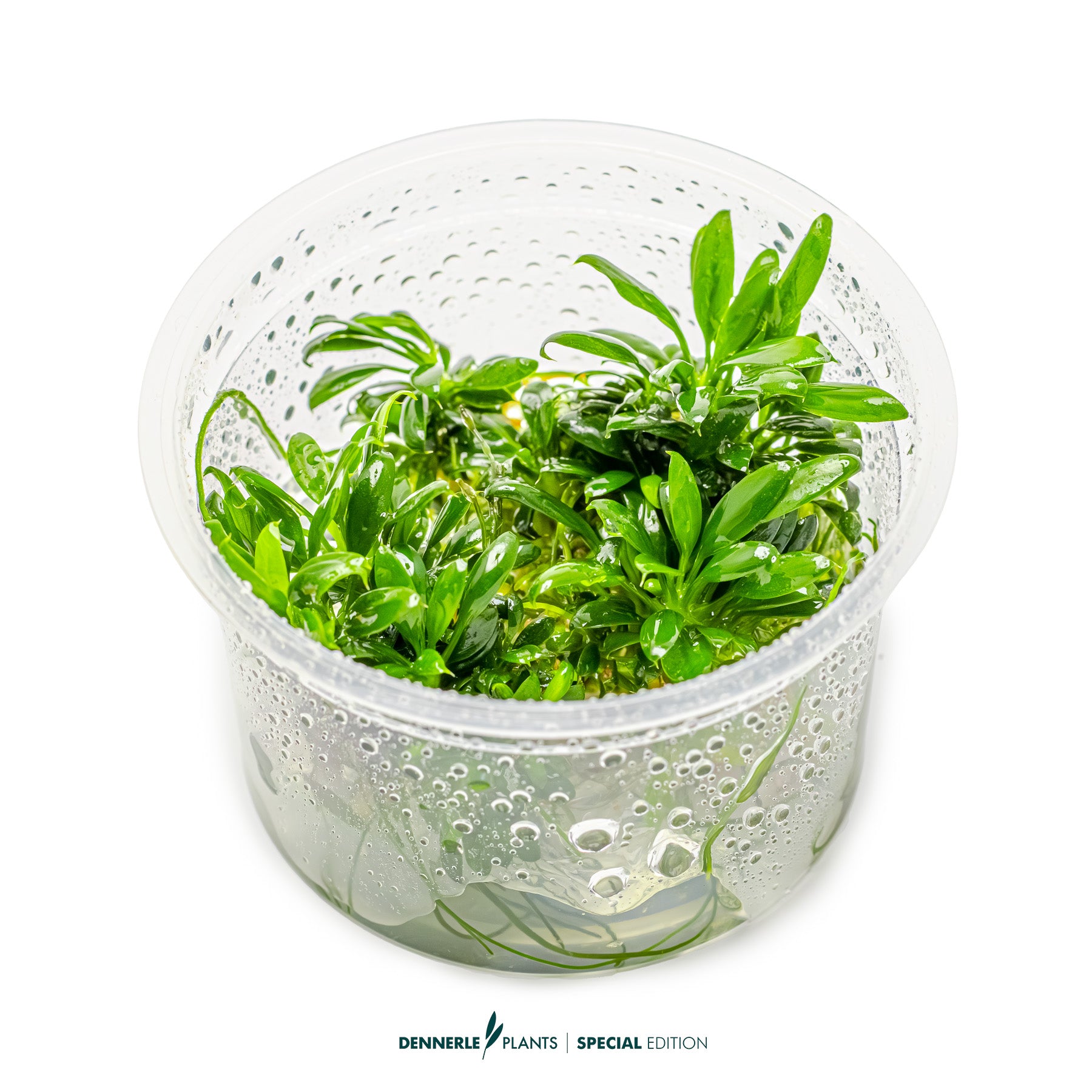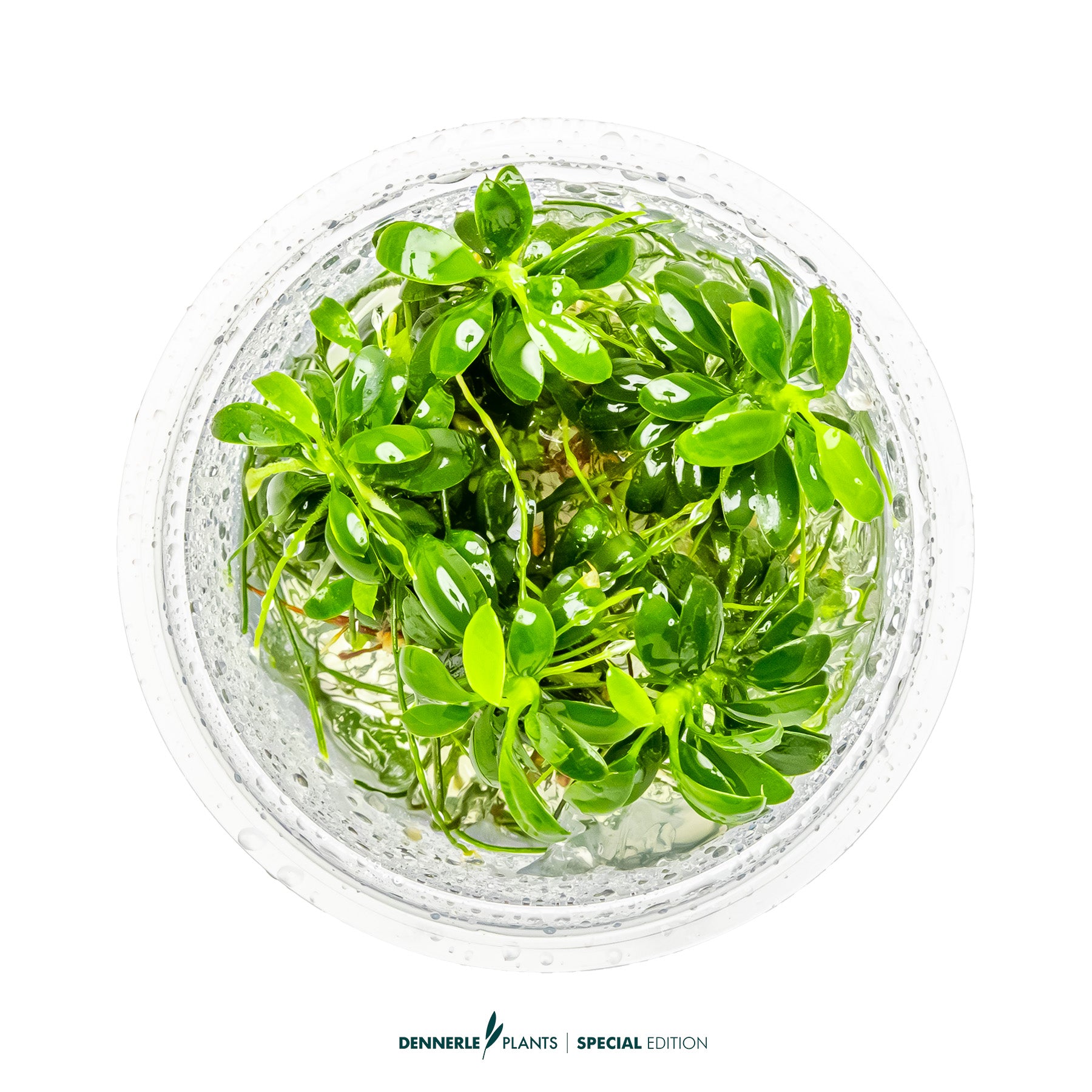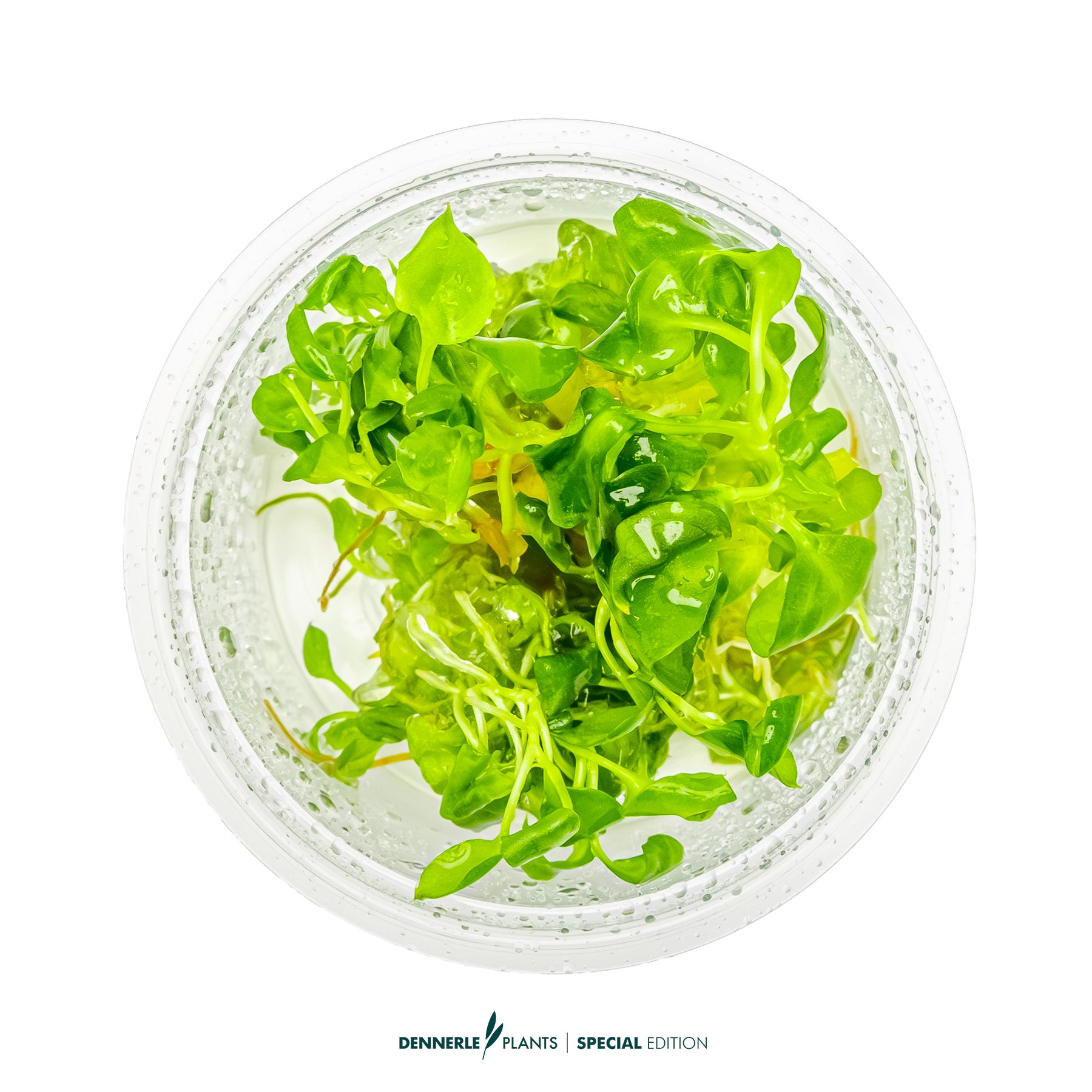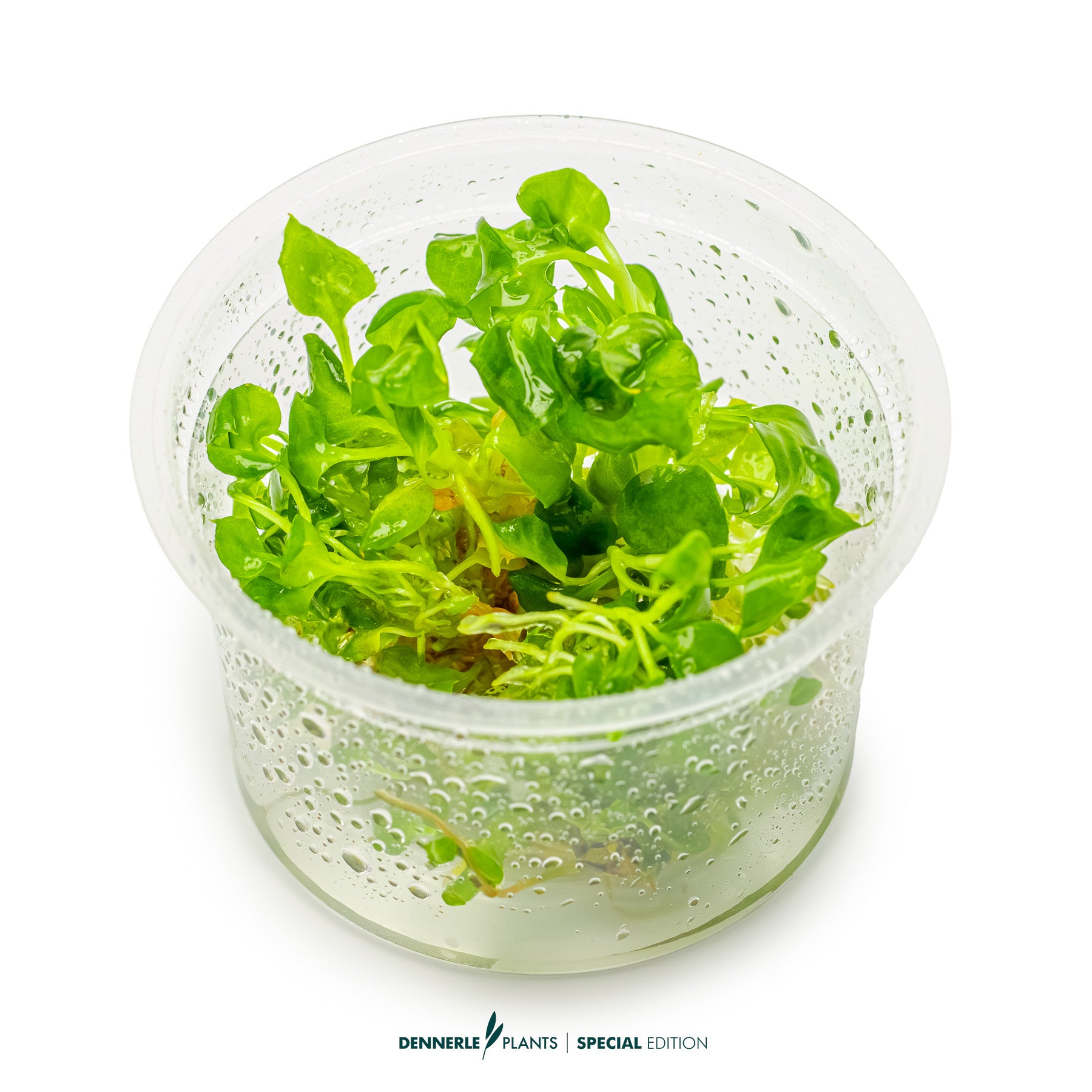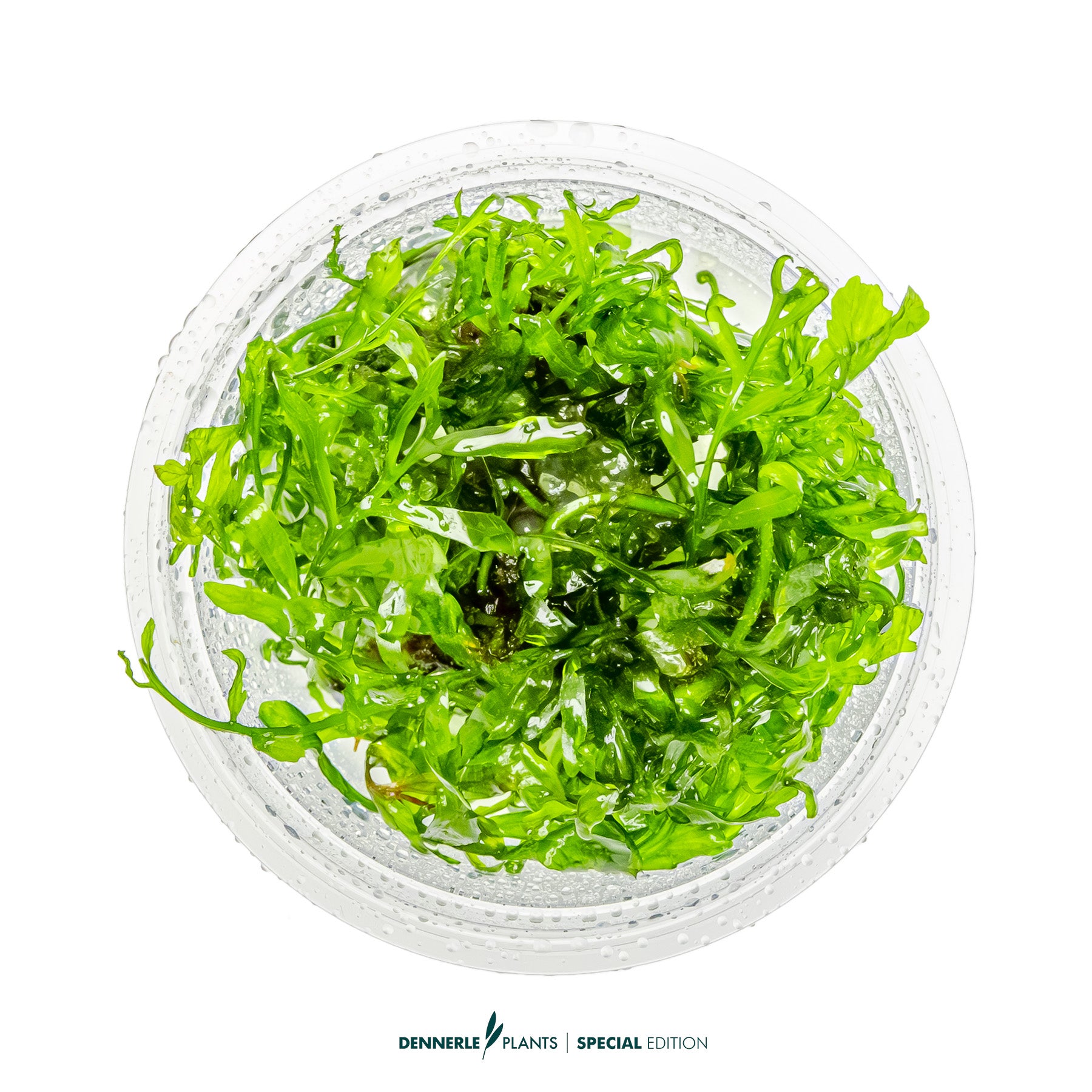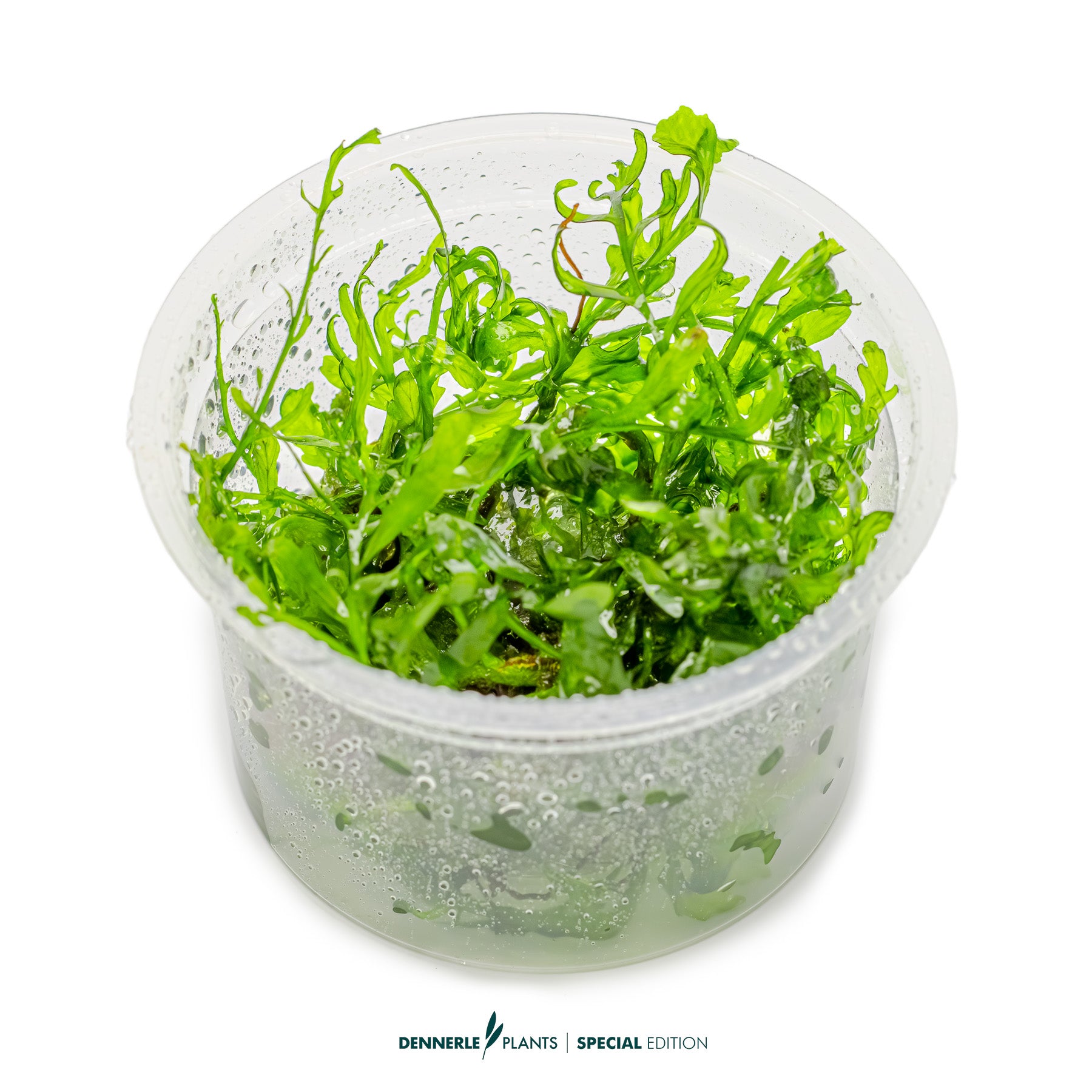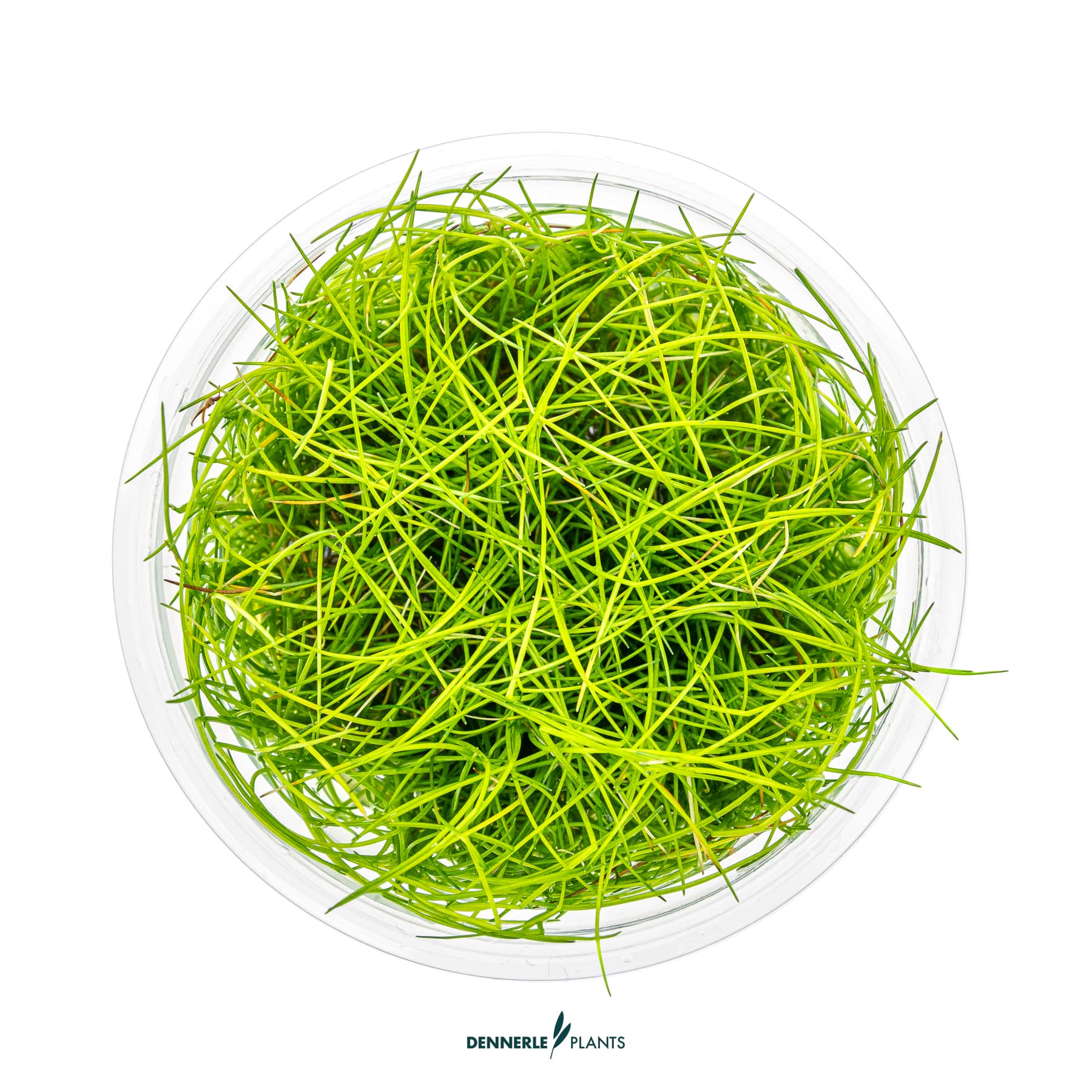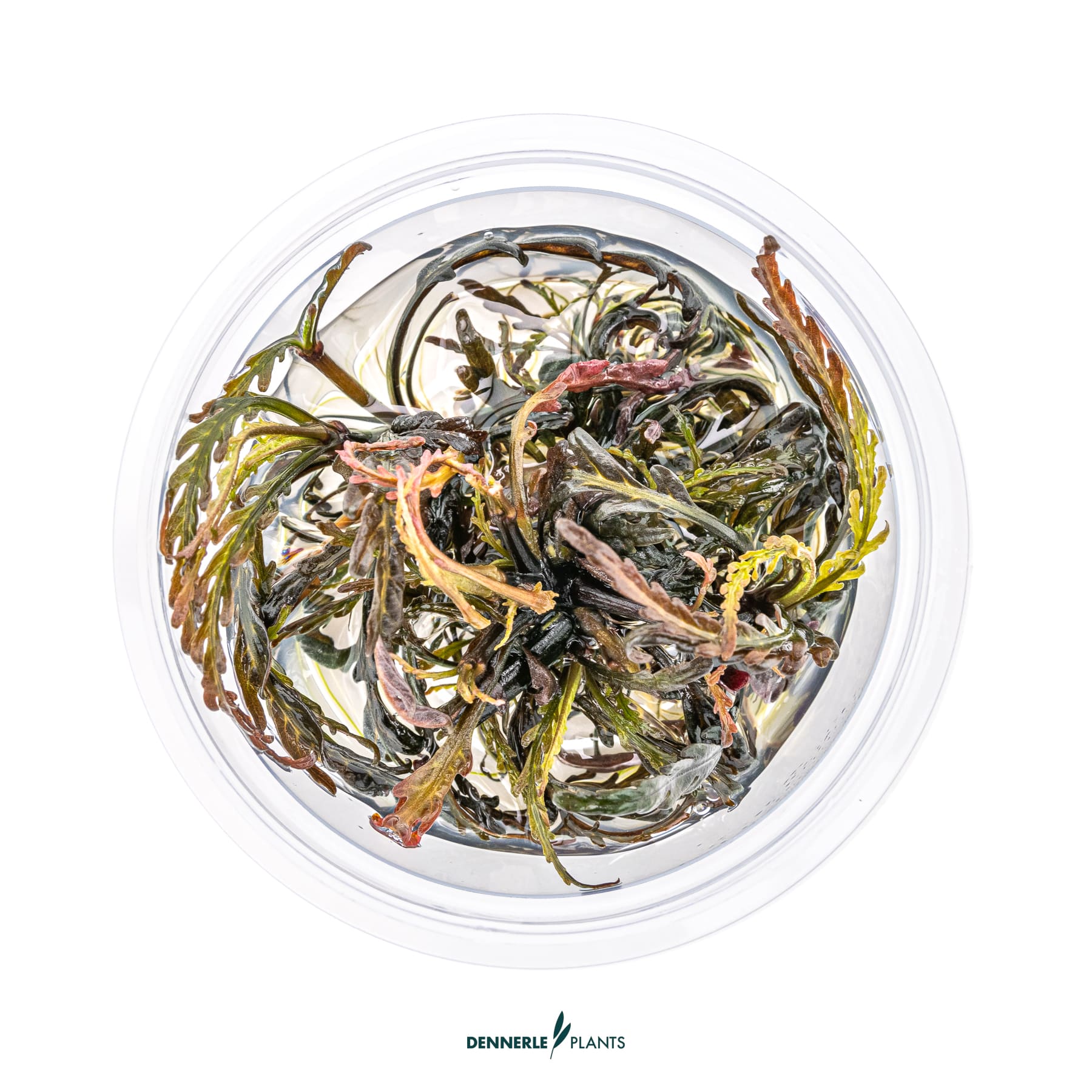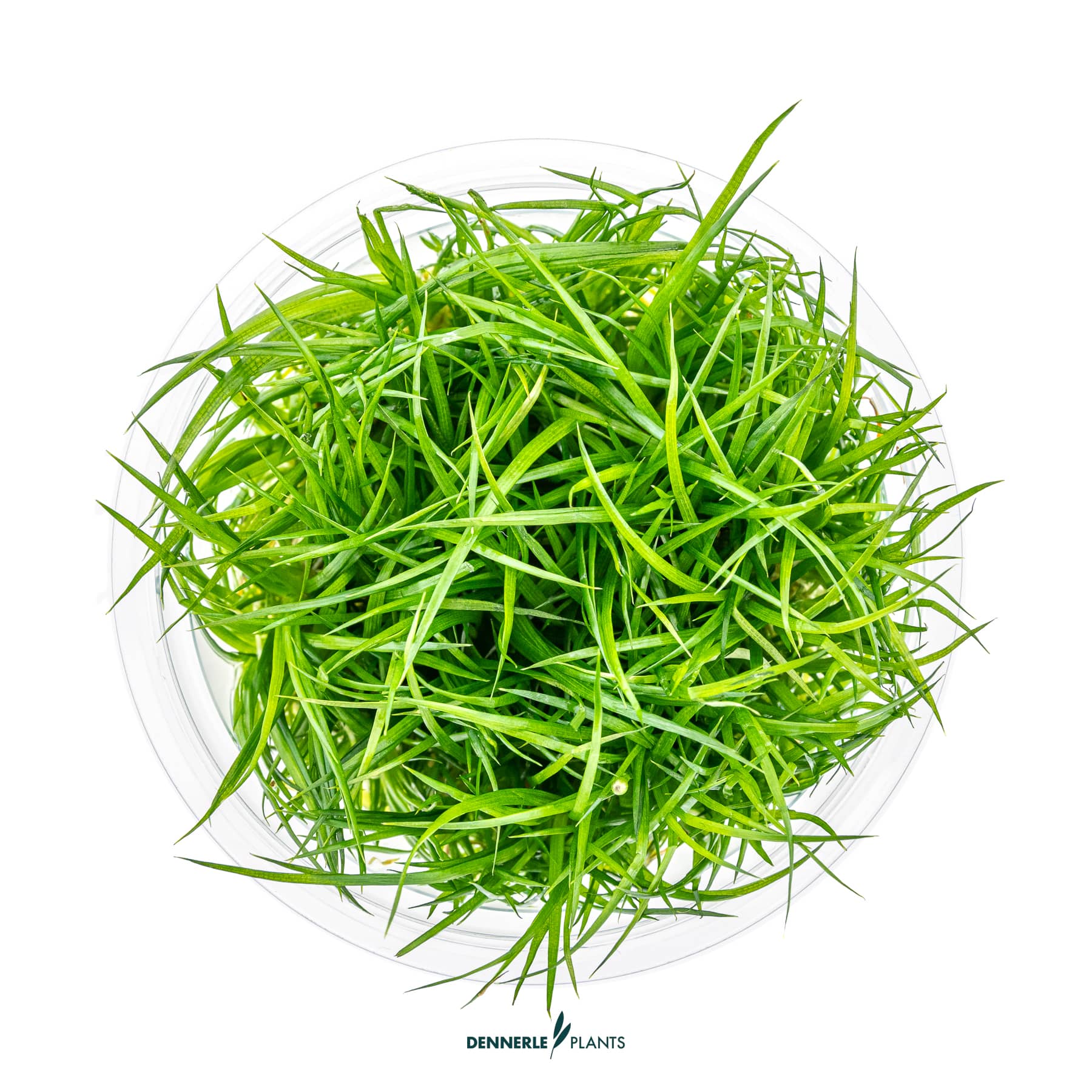Special offers! 🔥
Discover discounted aquarium essentials in the UK. Limited-time offers on premium aquatic products🌿
+70 species
Shipped directly to your door
All tissue culture plants, which means they are 100% free from pest, snails and algae.
Or our healthy potted plants ready to plant straight into your aquarium.
Straight out of our development lab!
Special Edition Plants are now Available🌱
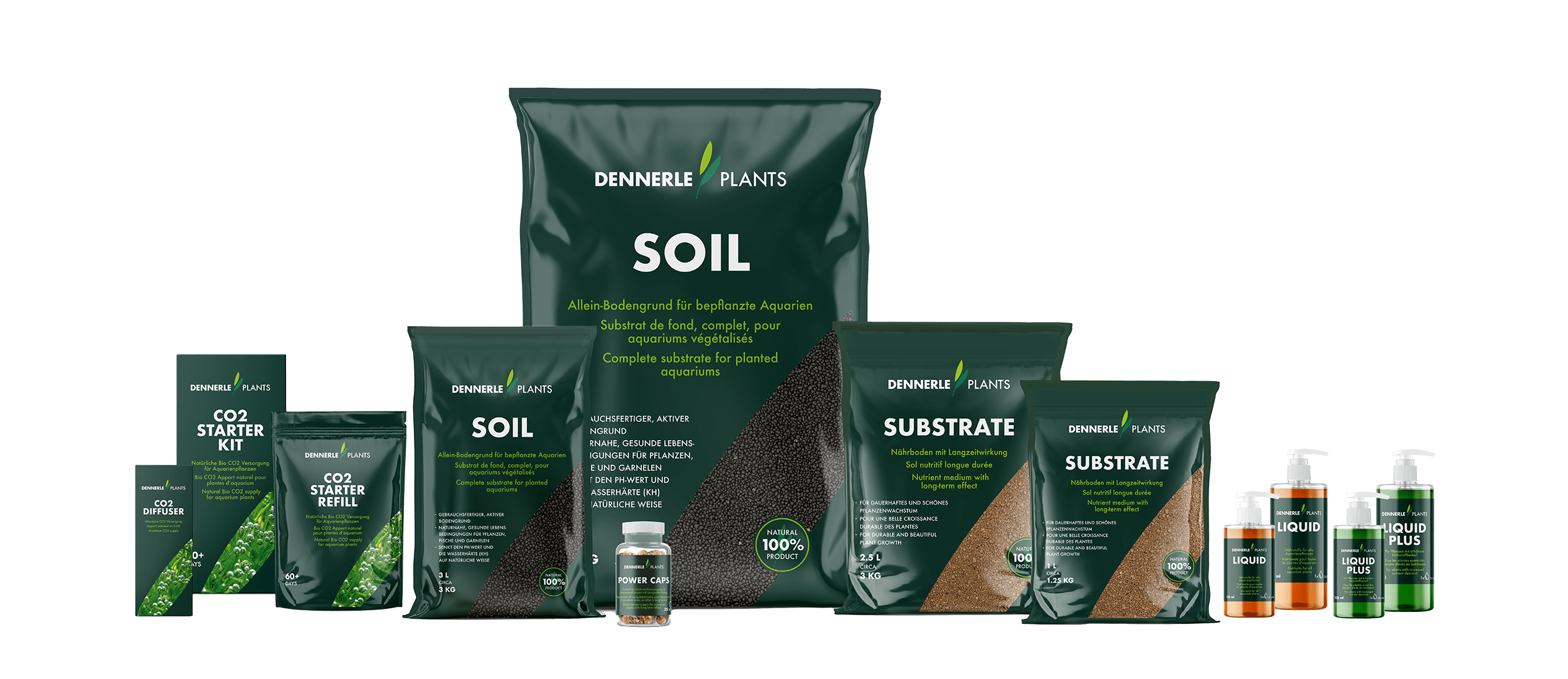

CO2 STARTER KIT
The CO2 Starter Kit is a biosystem based on the principle of yeast fermentation. It is a simple and inexpensive solution for small aquariums.
SOIL
Soil is rich in nutrients and is therefore particularly suitable for planted aquariums. In addition, Soil is an active substrate that lowers the carbonate hardness (KH) and stabilises the pH value. Soil substrate is ready out of the bag. A layer of gravel is not necessary.
Power Caps
Power Caps are fertiliser capsules for additional nutrient supply in the substrate. Power Caps contain a perfect mixture of the macro elements nitrate (N), phosphate (P) and potassium (K) as well as valuable micronutrients iron (Fe) and trace elements.
Substrate
Substrate is a classic long-term nutrient bottom layer with a balanced nutrient depot for the growth of healthy and vital plants. Nutrients are released when needed and absorbed when there is an excess supply. The substrate is always used in combination with a top layer of gravel or soil.
Liquid/liquid Plus
The Liquid fertilizer contains iron (Fe), potassium (K) and trace elements and is primarily designed for aquariums with few plants and/or a high fish population.
Engage with the community
Read our blog posts, subscribe to our newsletter or join us on our SoMe channels. Youtube and Instagram. Subscribe to our newsletter for exclusive content, promotions, and insider tips on how to get the most out of our products.
FAQ
Where do you ship to?
For now, we only ship to the UK
How long will it take to get my order?
It depends on where you are. But generally it takes between 5-7 business days for your order to arrive.
How long can Dennerle Plants tissue culture cups last?
Under optimal conditions, the cups can last ranging from 2-3 weeks on average. However, this duration can vary depending on the plant type and its growth rate.
How can you best store the tissue culture cups, if you don't use them right away?
Avoid direct sunlight and keep cups approximately 30cm away from an artificial light sources.
How should I handle tissue culture plants?
Keep the lid closed until you are ready to use the plant. Once ready, remove the plant from the cup and wash off the liquid or gel medium from the plant. Use lukewarm water and do not apply too much force, so as not to damage the plant.
Are tissue culture cups really 100% free from algae and snails?
Yes they are. They are produced in a lab under sterile conditions.
Can you recycle the packaging?
Yes you can. For our tissue culture plants, you can wash off the medium with tap water in your sink. The cup, the lid and the label can be recycled according to your local rules for recycling plastic.
Is lamp xy strong enough for plant zy?
Our plants are classified as Easy, Medium and Advanced. The later require more light to thrive. For this reason we can recommend following rule of thumb: <20 lumen or <0.5w/liter is ok for Easy category plants. Medium category plants require 20+ lumen or >0.5w/liter to achieve nice colors and healthy growth. Most Advanced plants have an inceased requirement of light and for this values up to 40 and more lumen or approximately 1w/liter is required.
How much substrate do I need for my aquarium?
You can calculate the
minimum required total amount of substrate by using the following formula: (LxWx5)/1000 = x liter of substrate for a total height of 5cm. For more complex calculations including slope in the back, use our substrate calculator.
Which plants are best for a planted aquarium beginner?
Use easy plants with a mix of 80% fast growing plants and 20% slow growing plants ie. Anubias or Cryptocoryne species.
Which algae is this and how can I get rid of it?
There is a myriad of different algae species on our planet. We classify algae in some main categories, to do so check out our Algae Guide.


